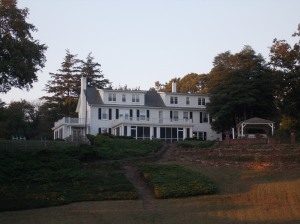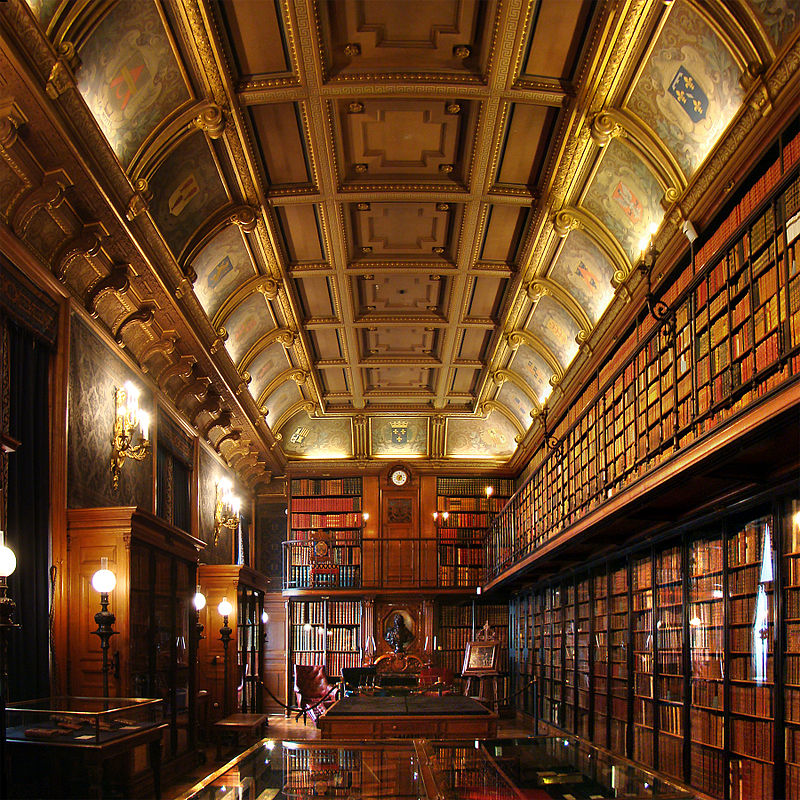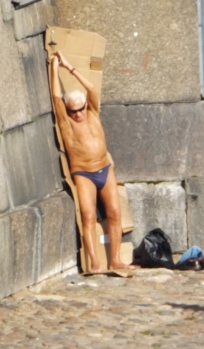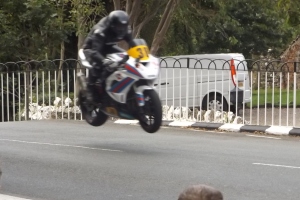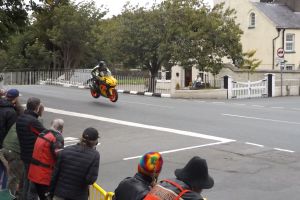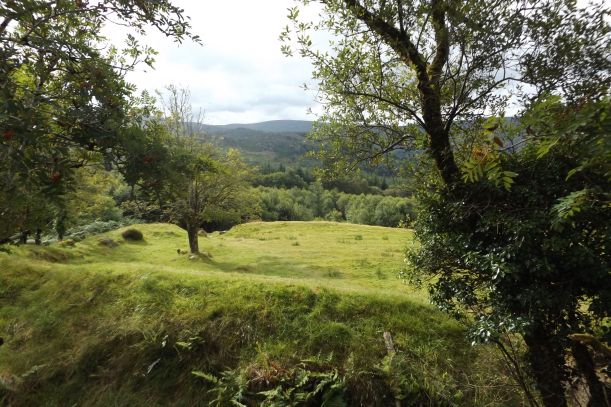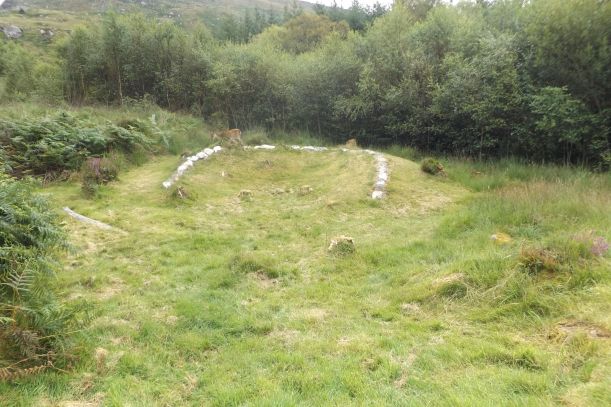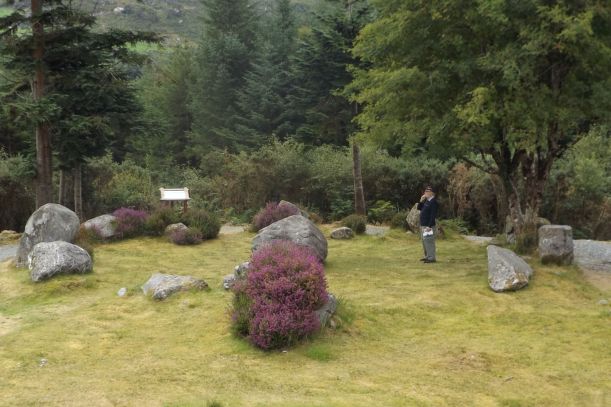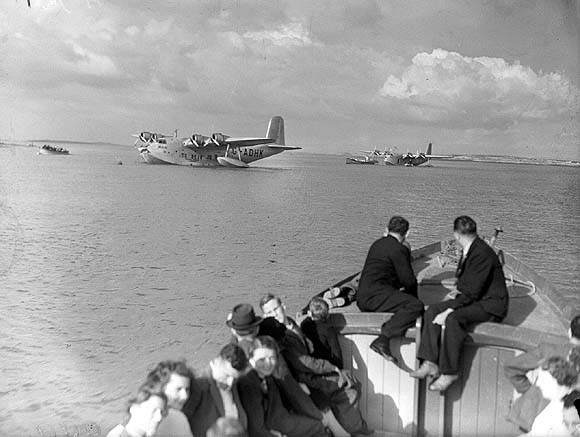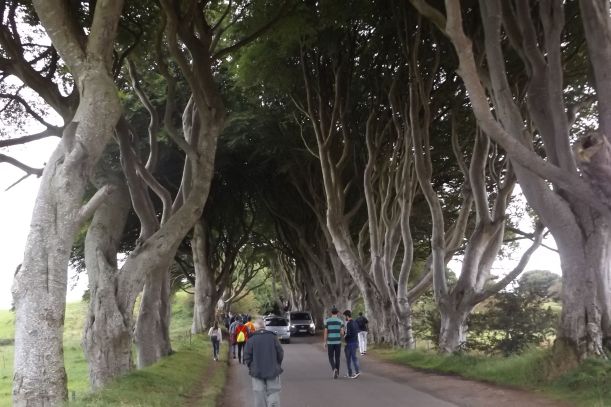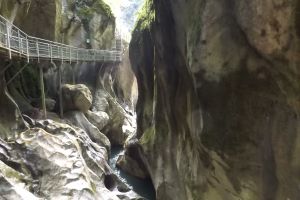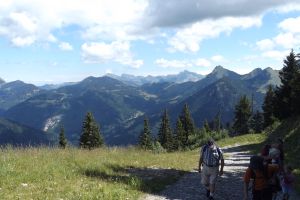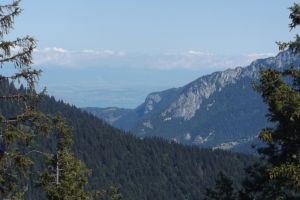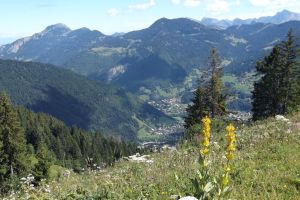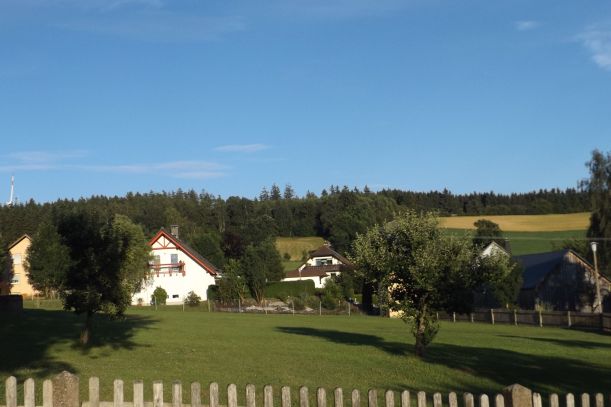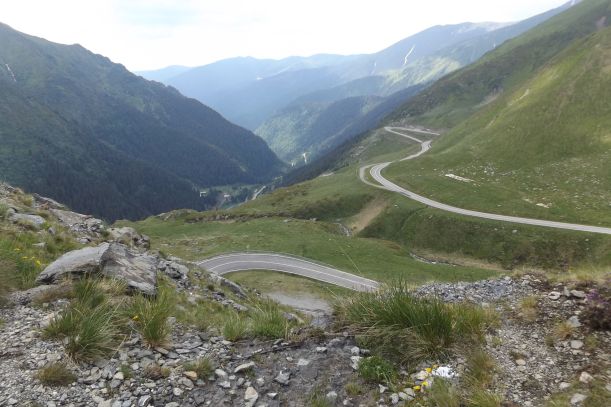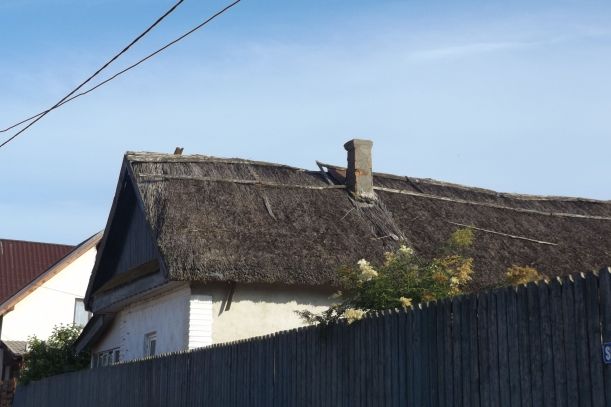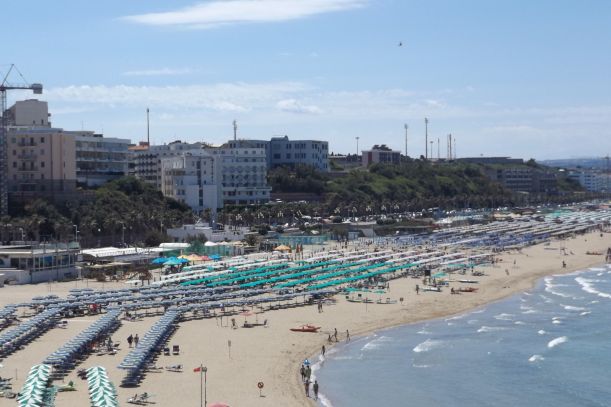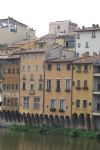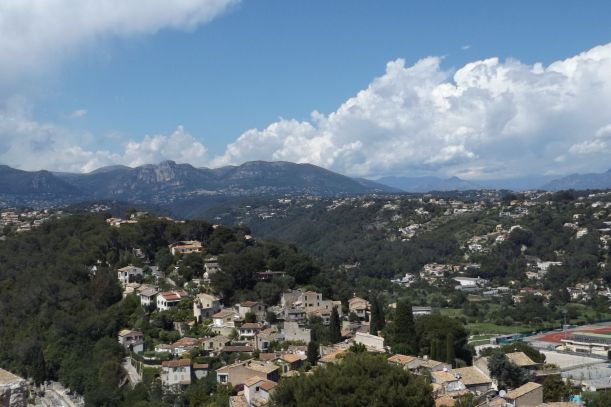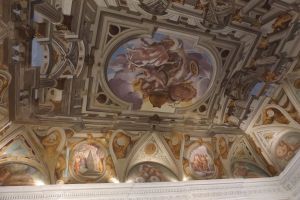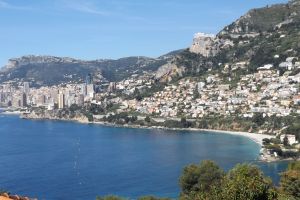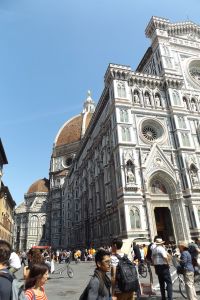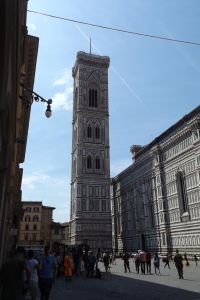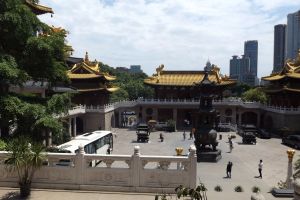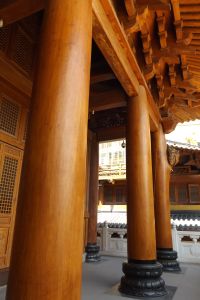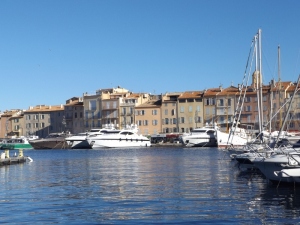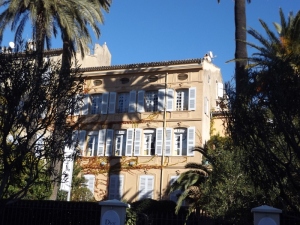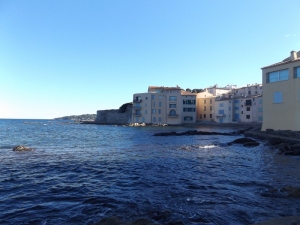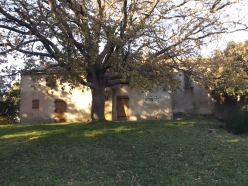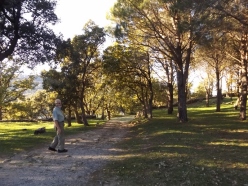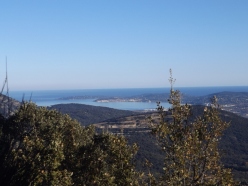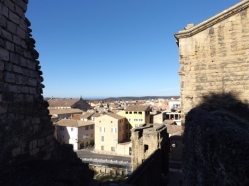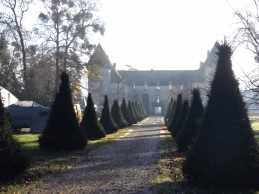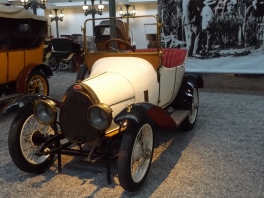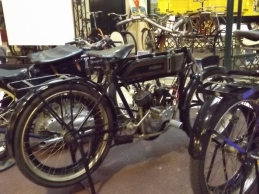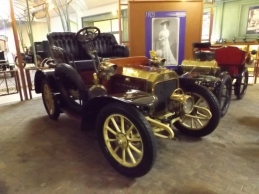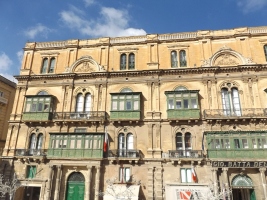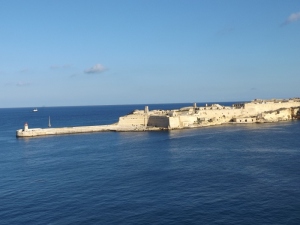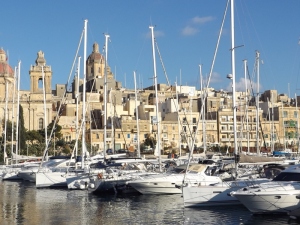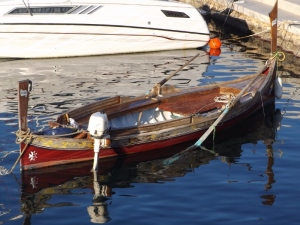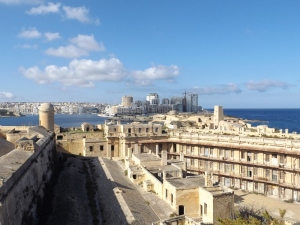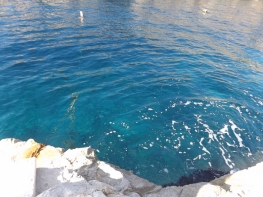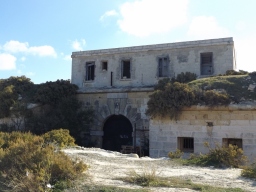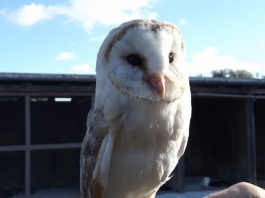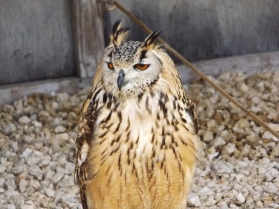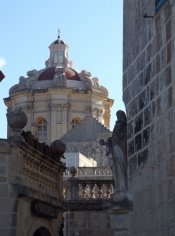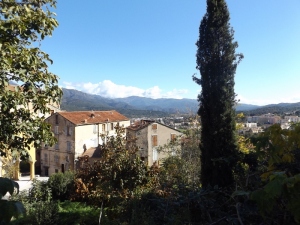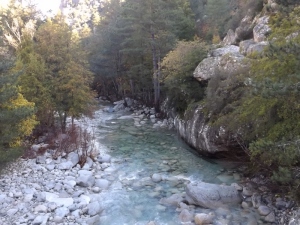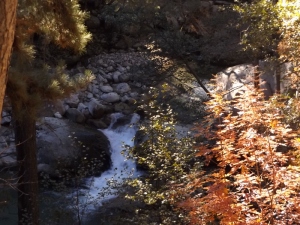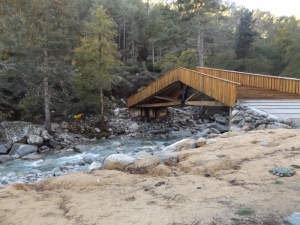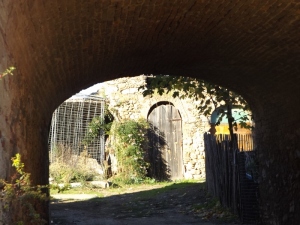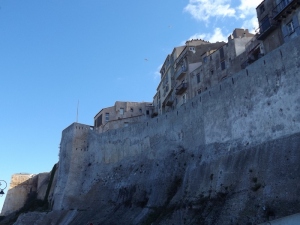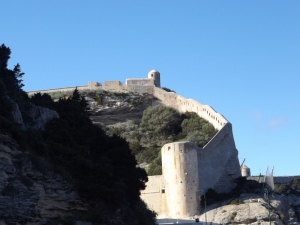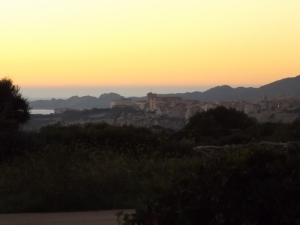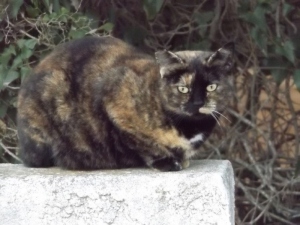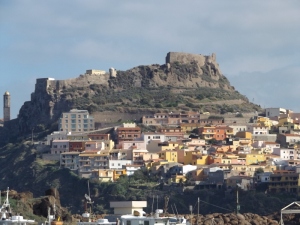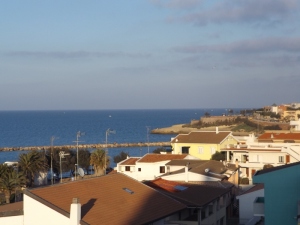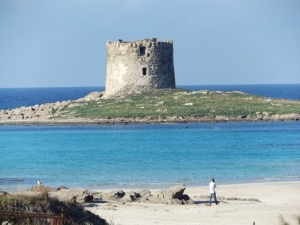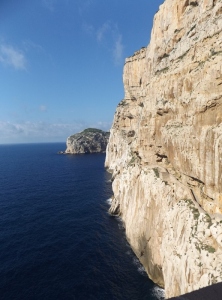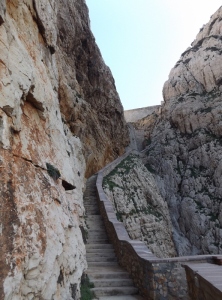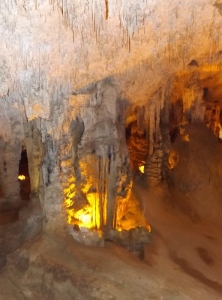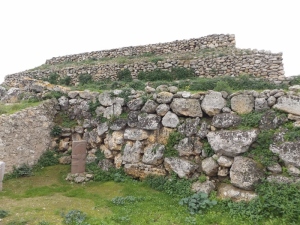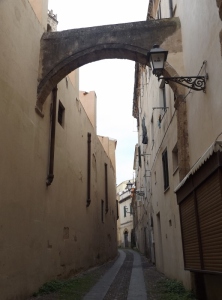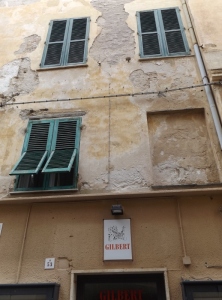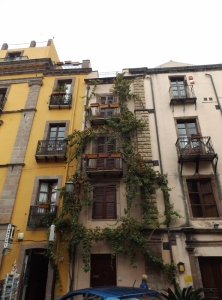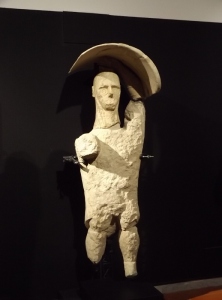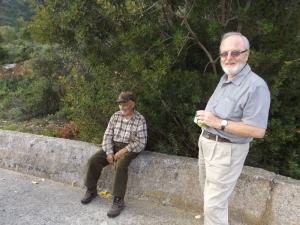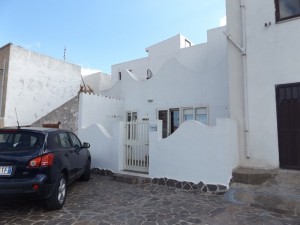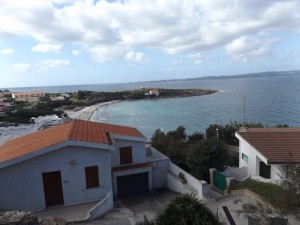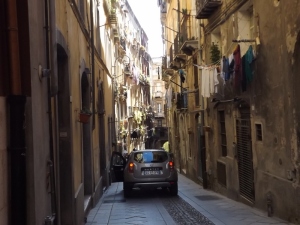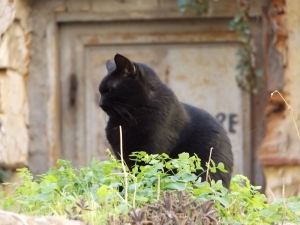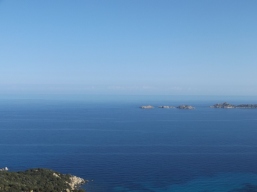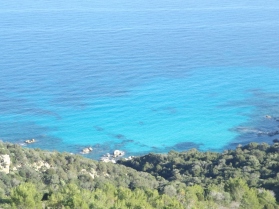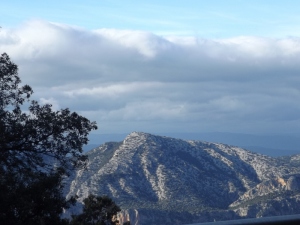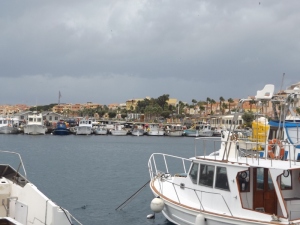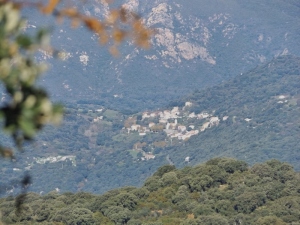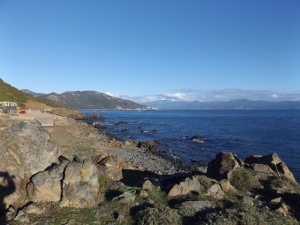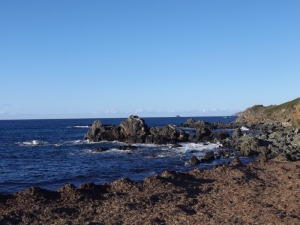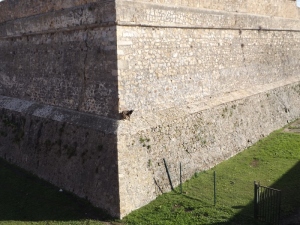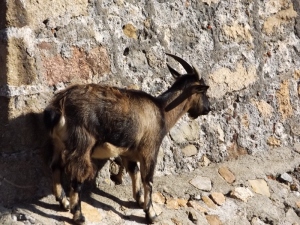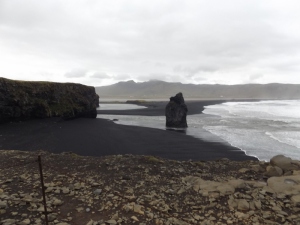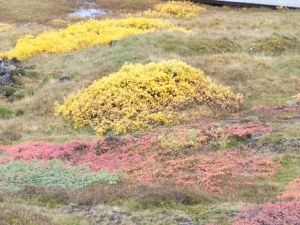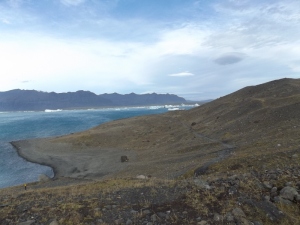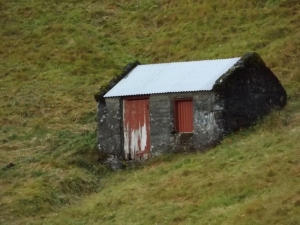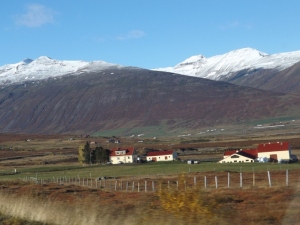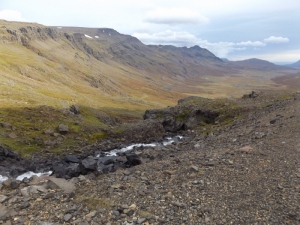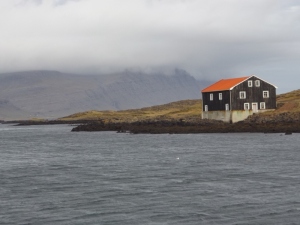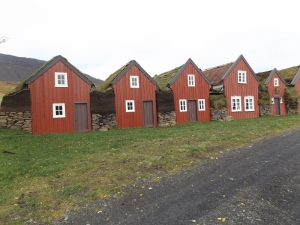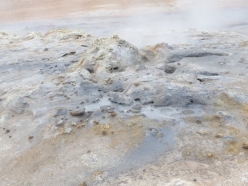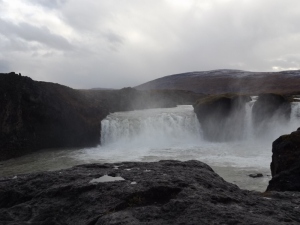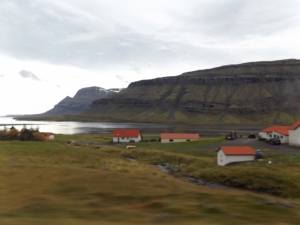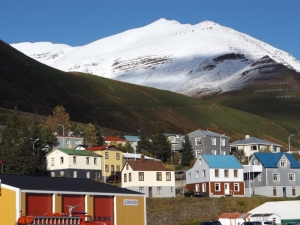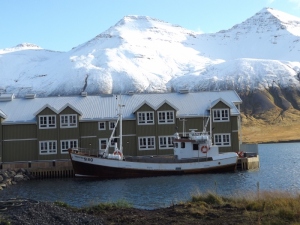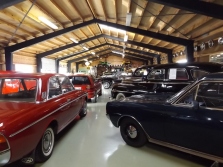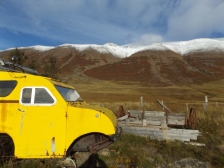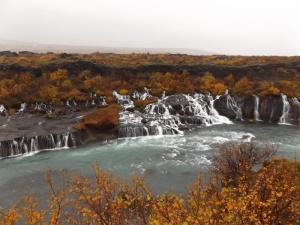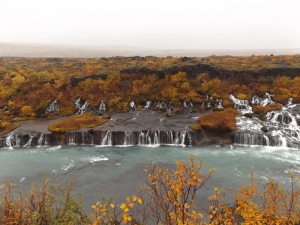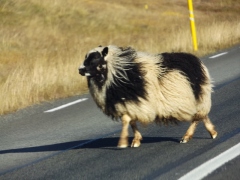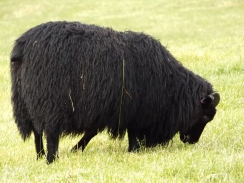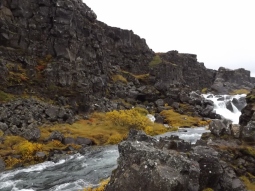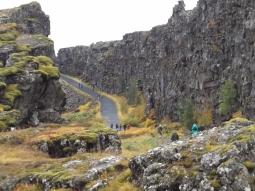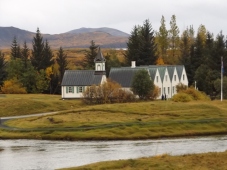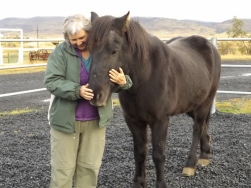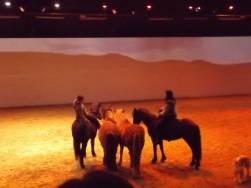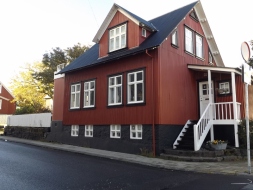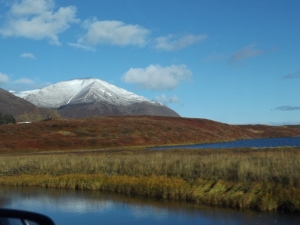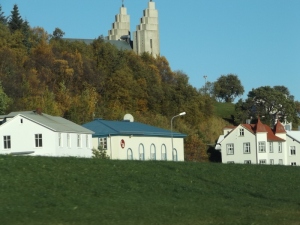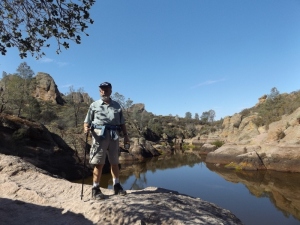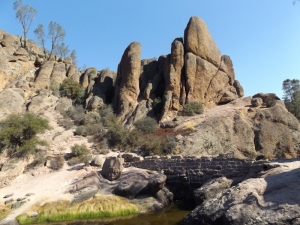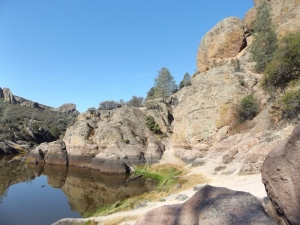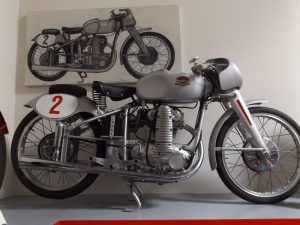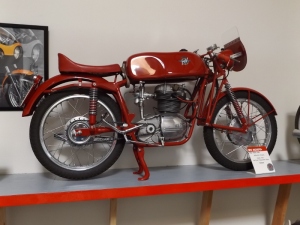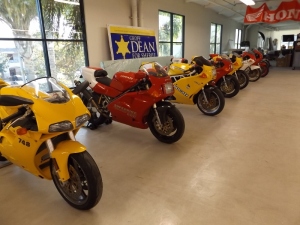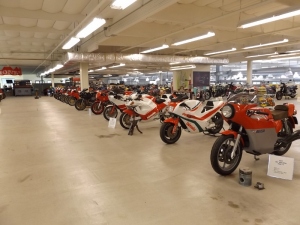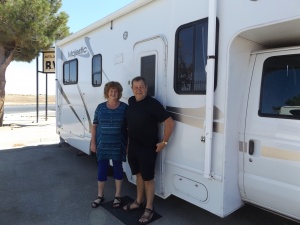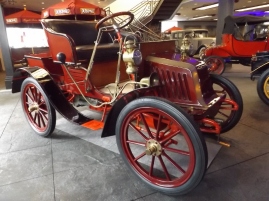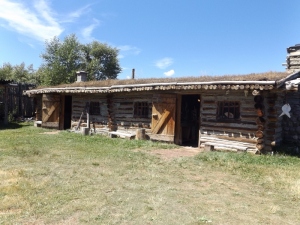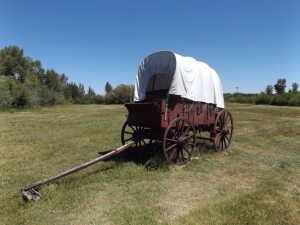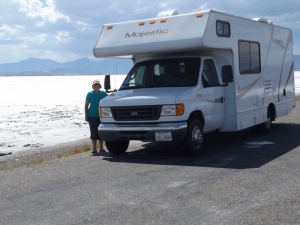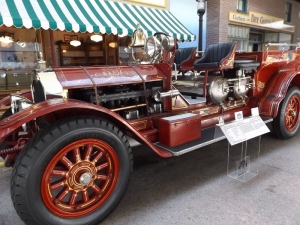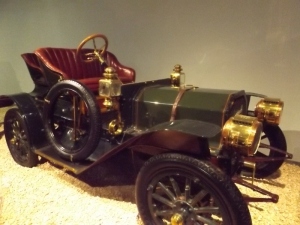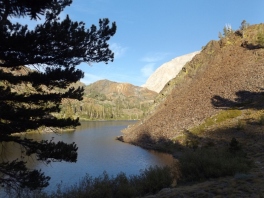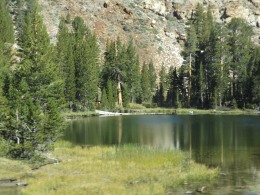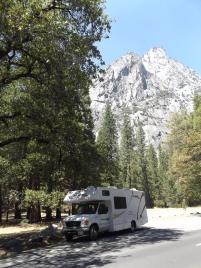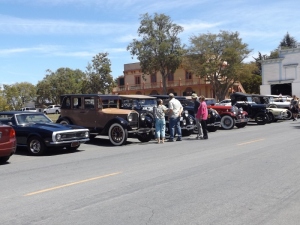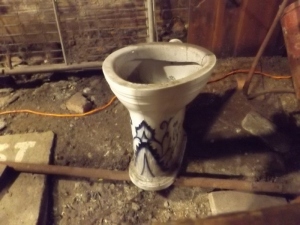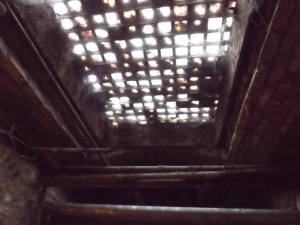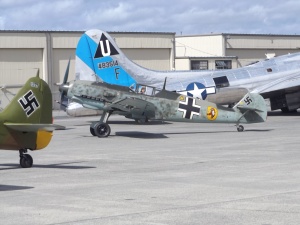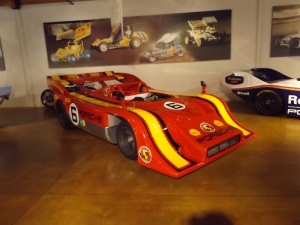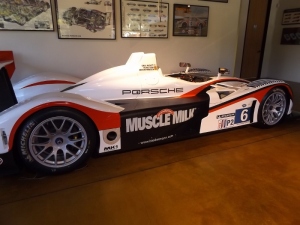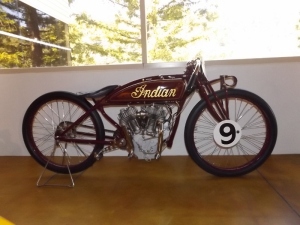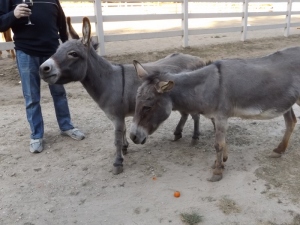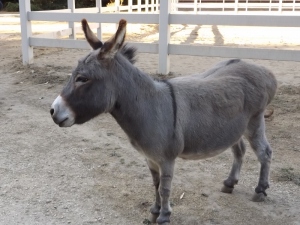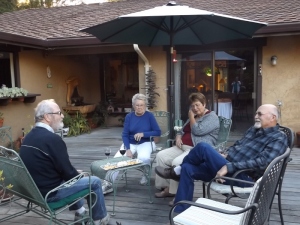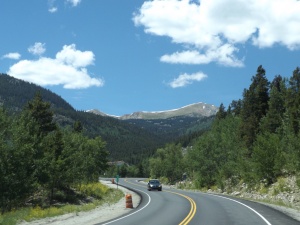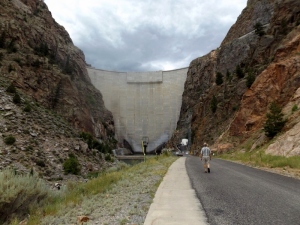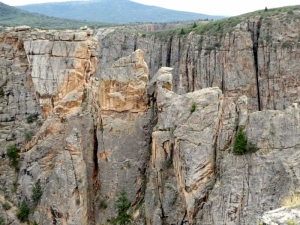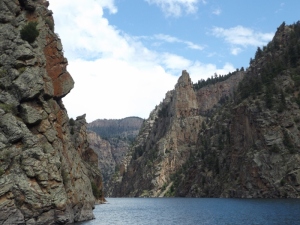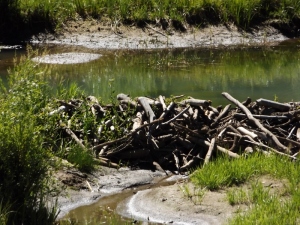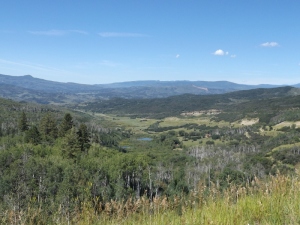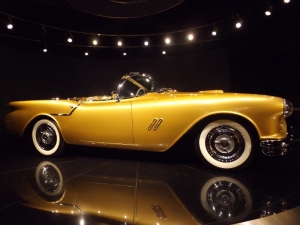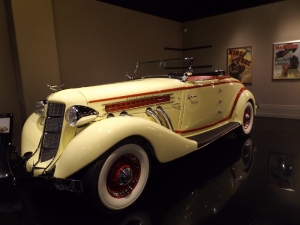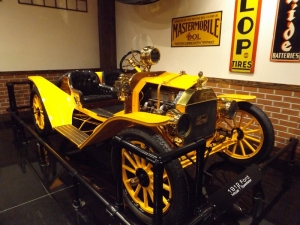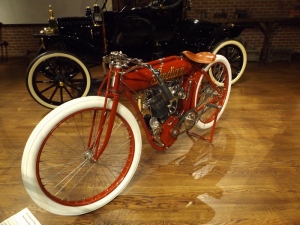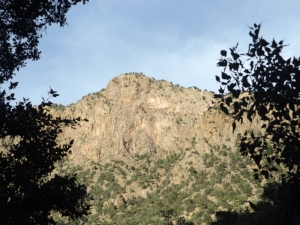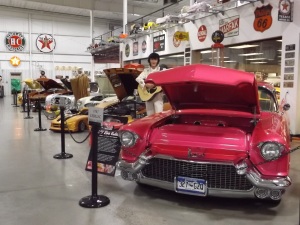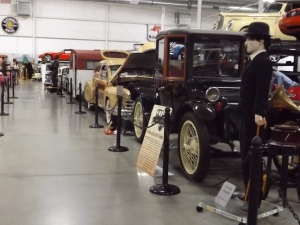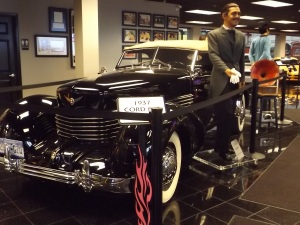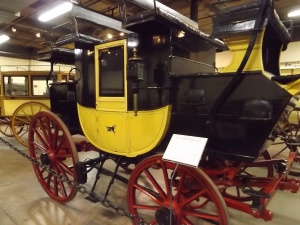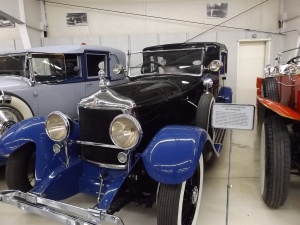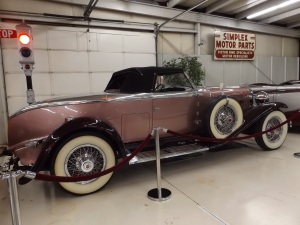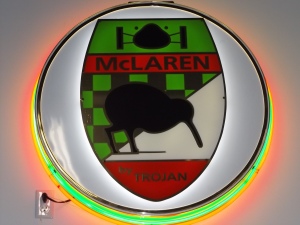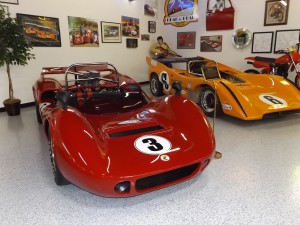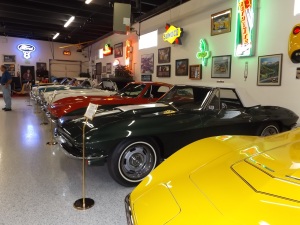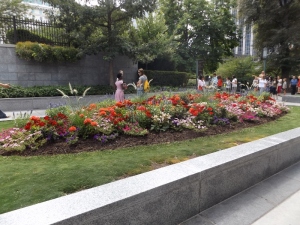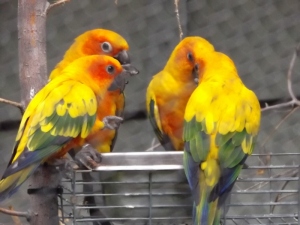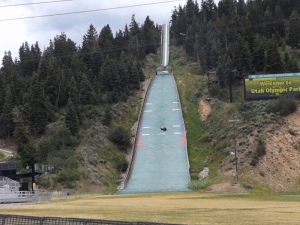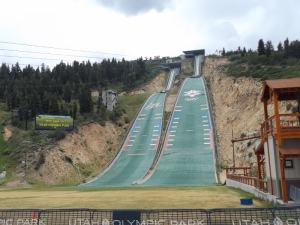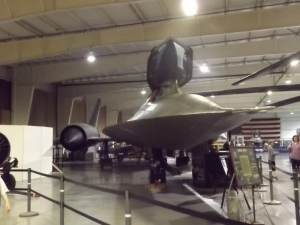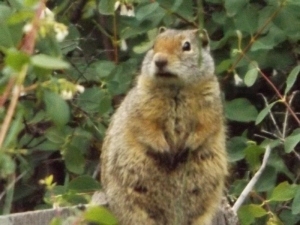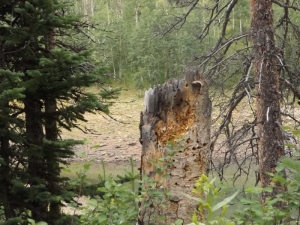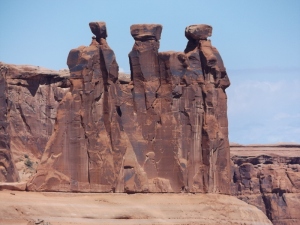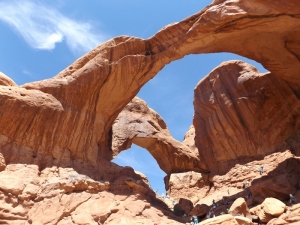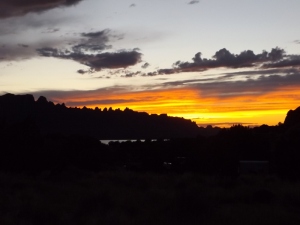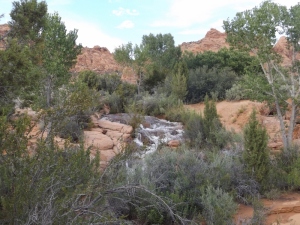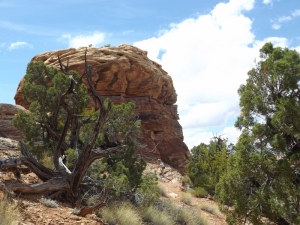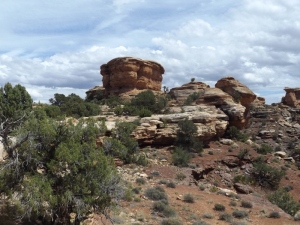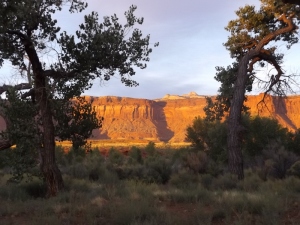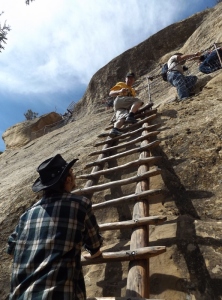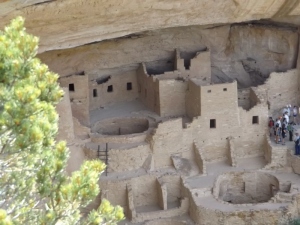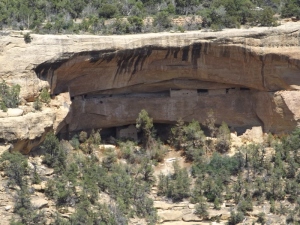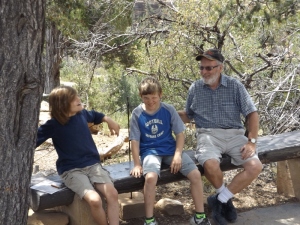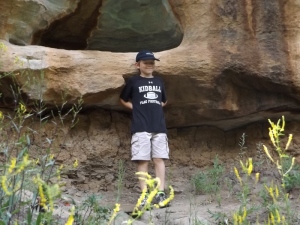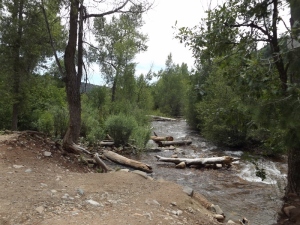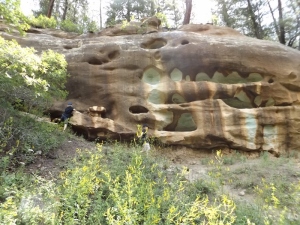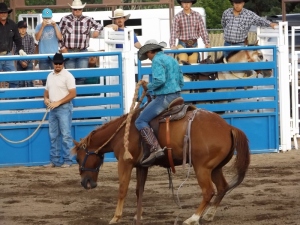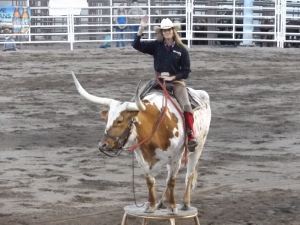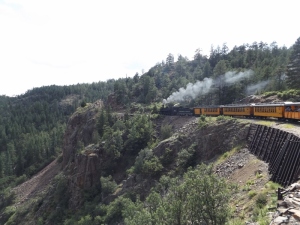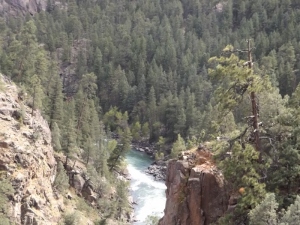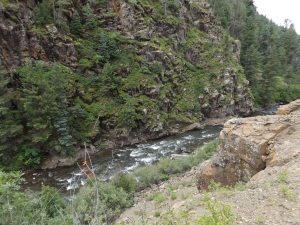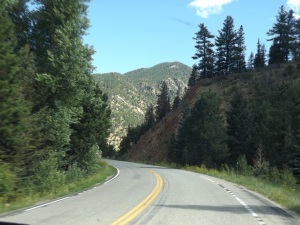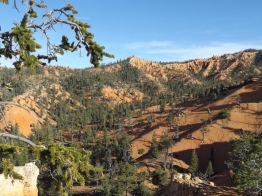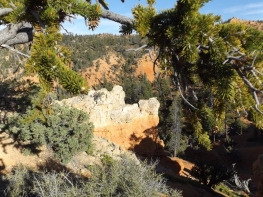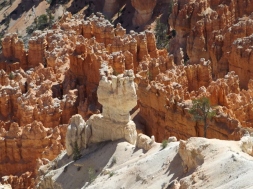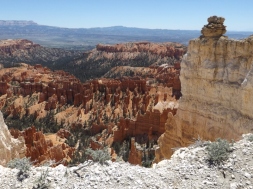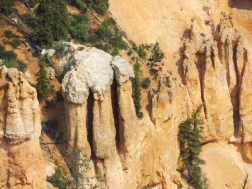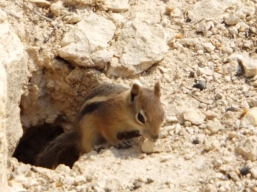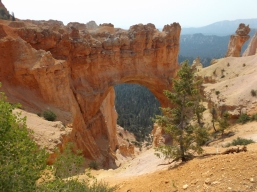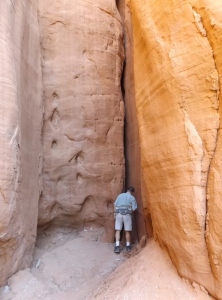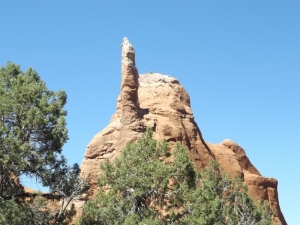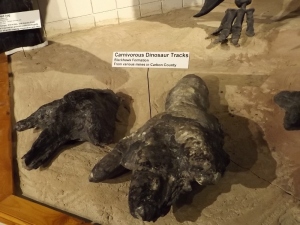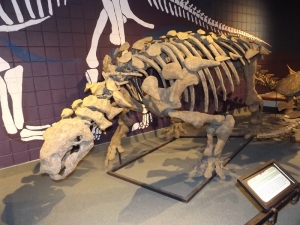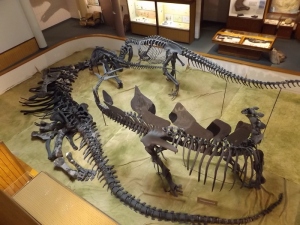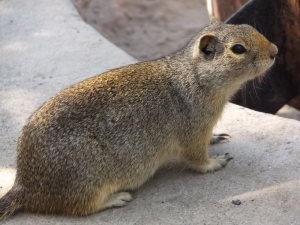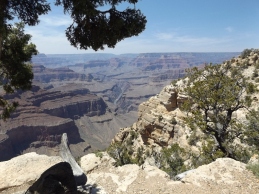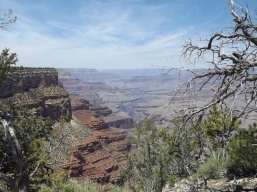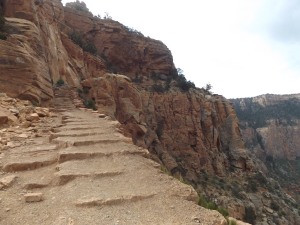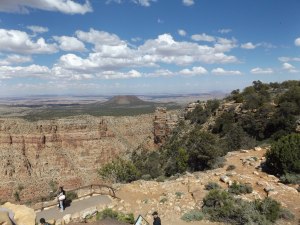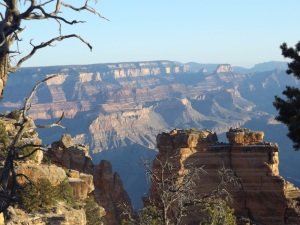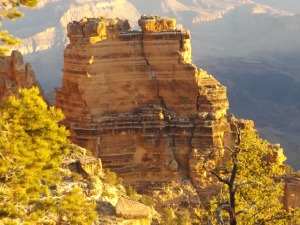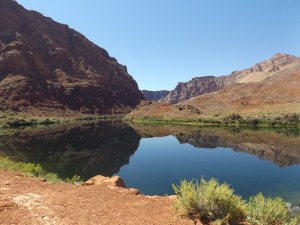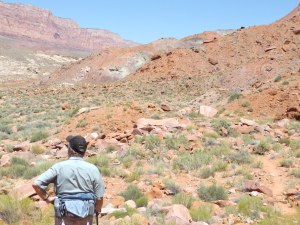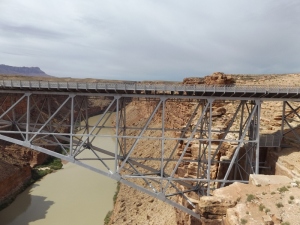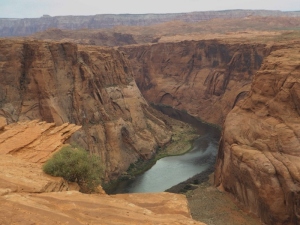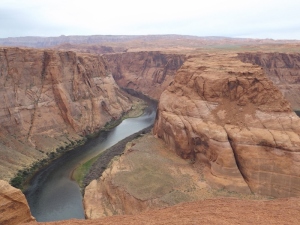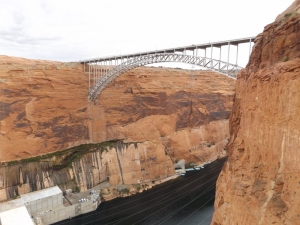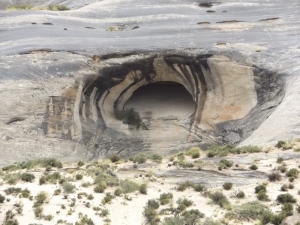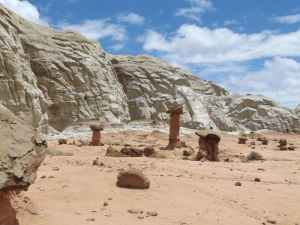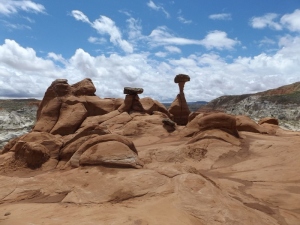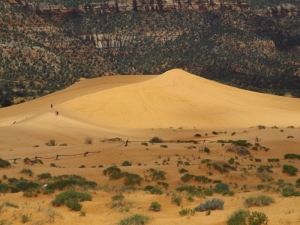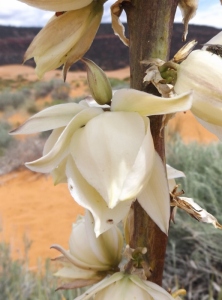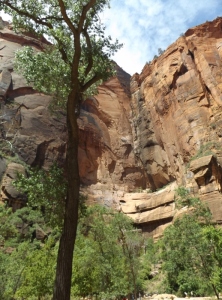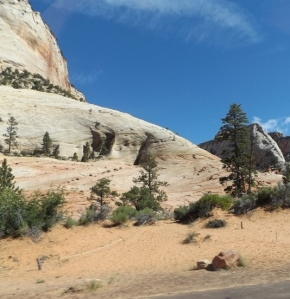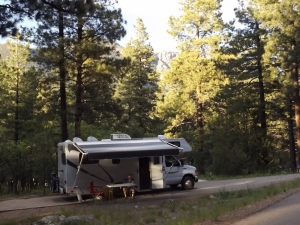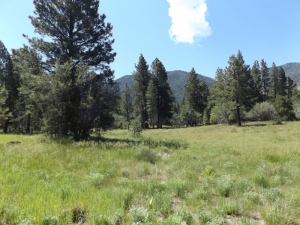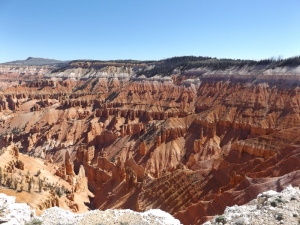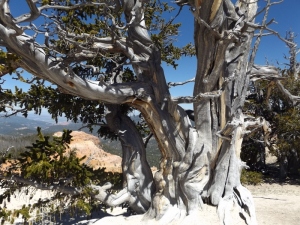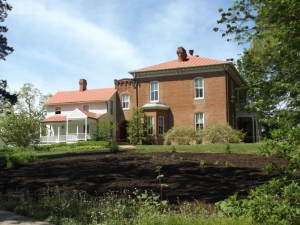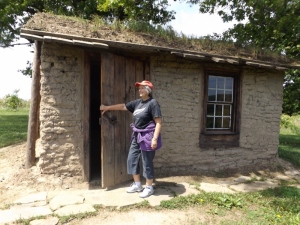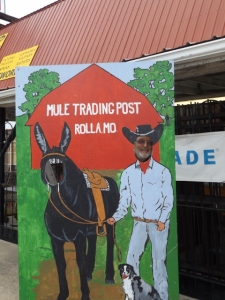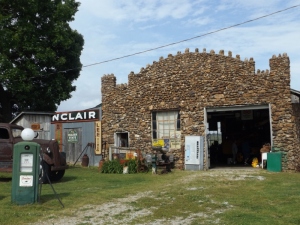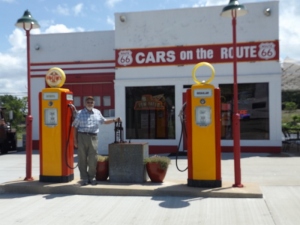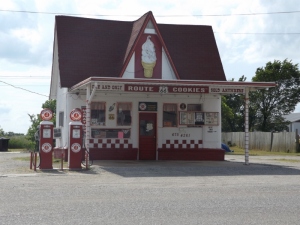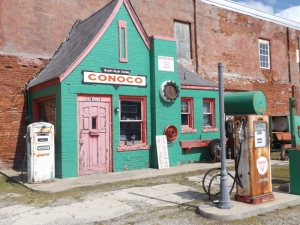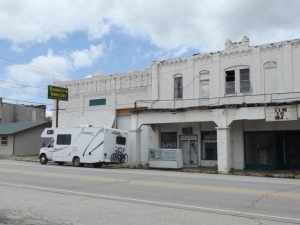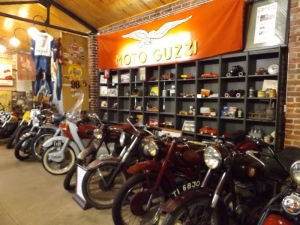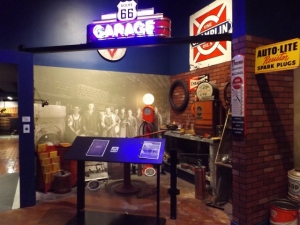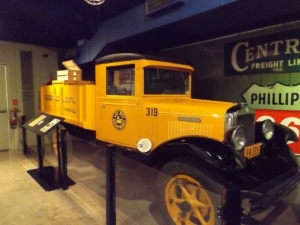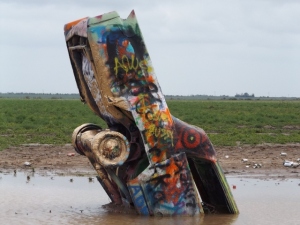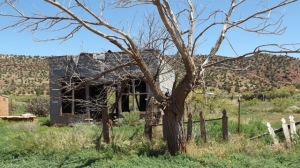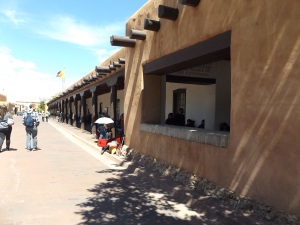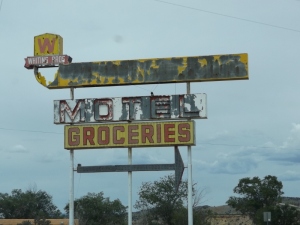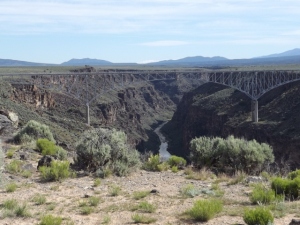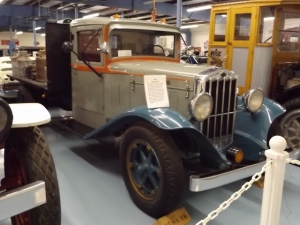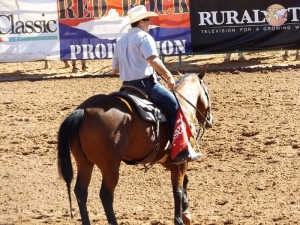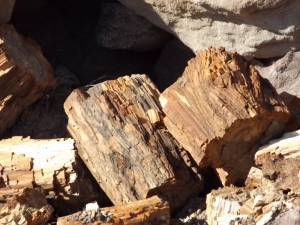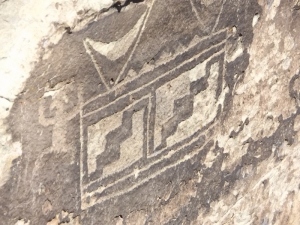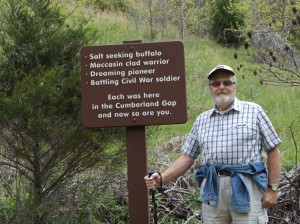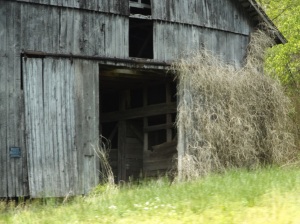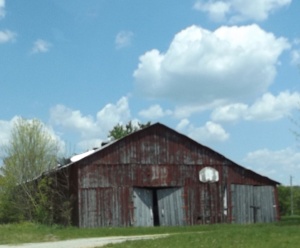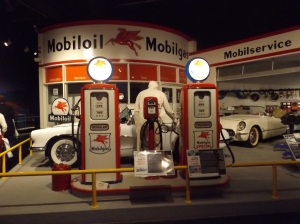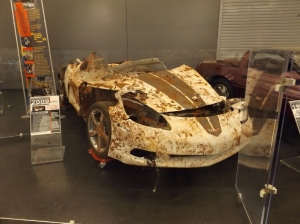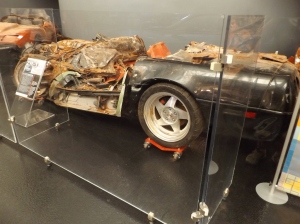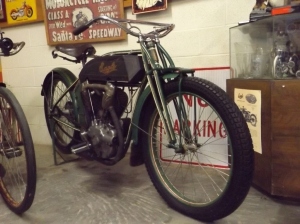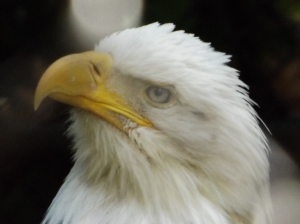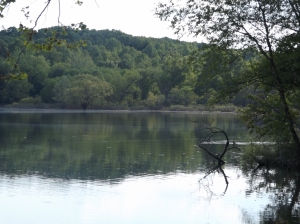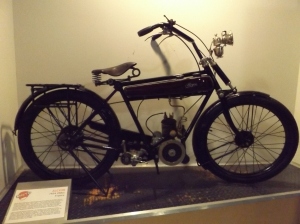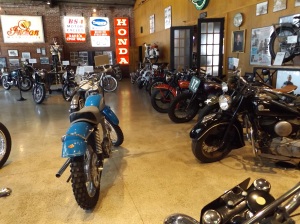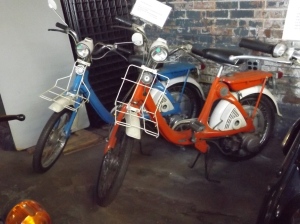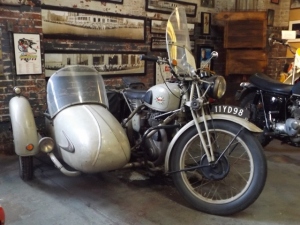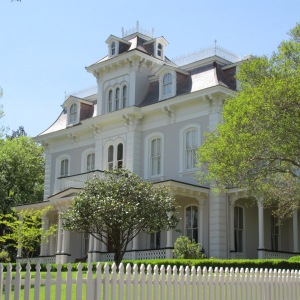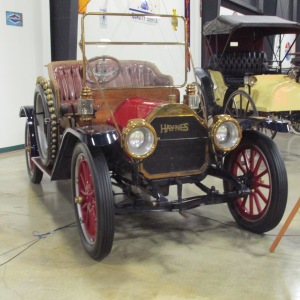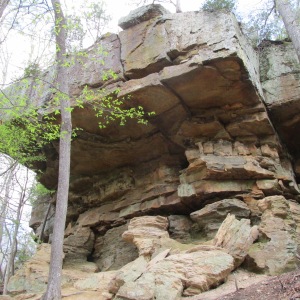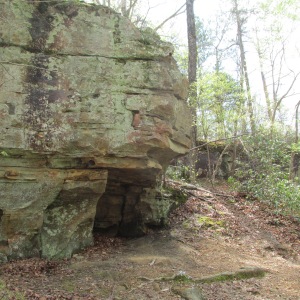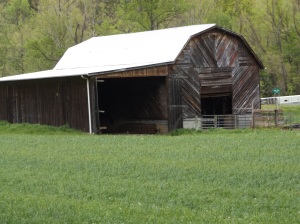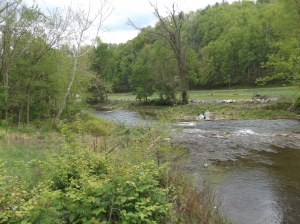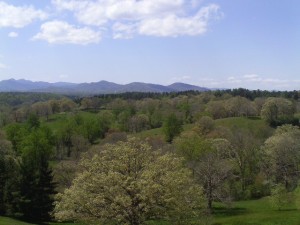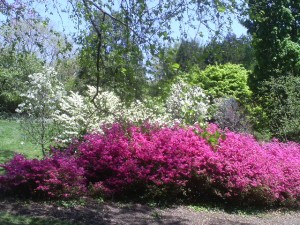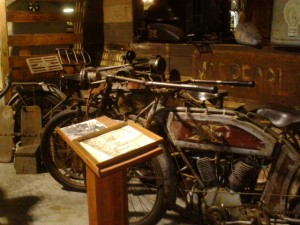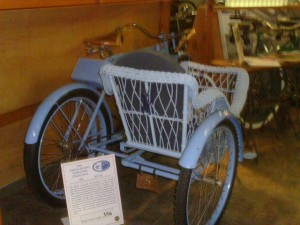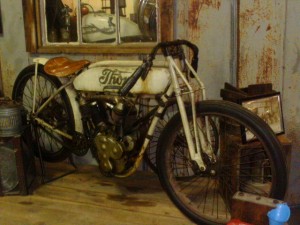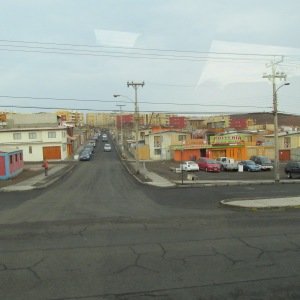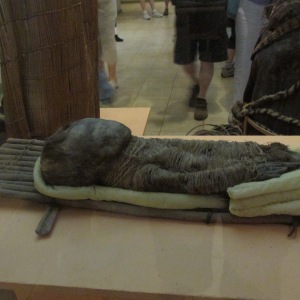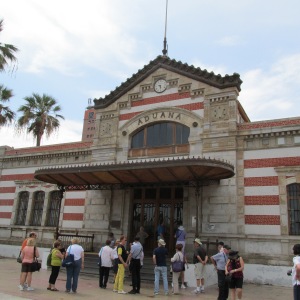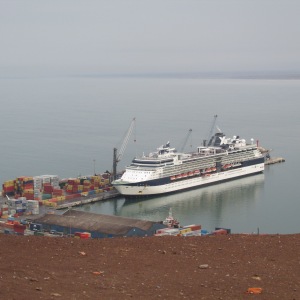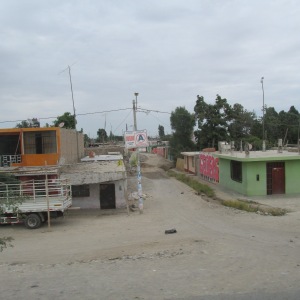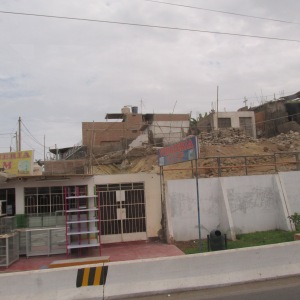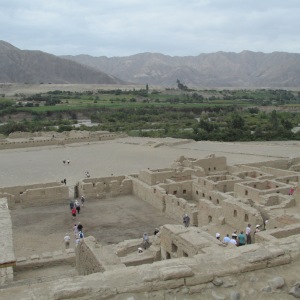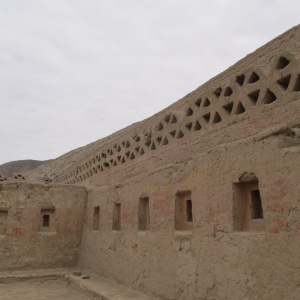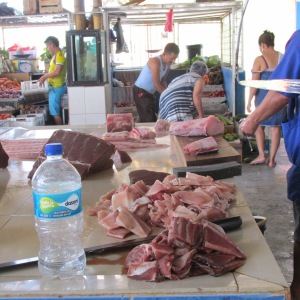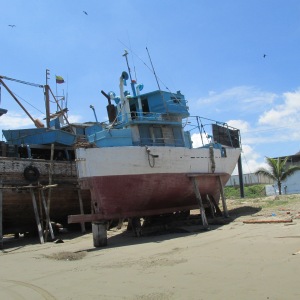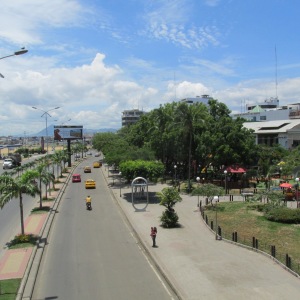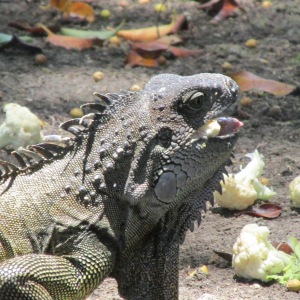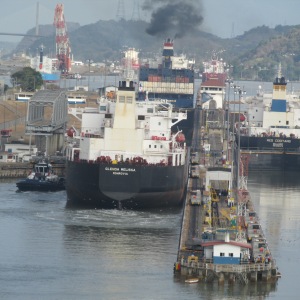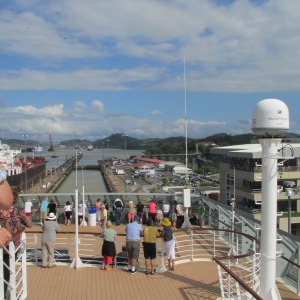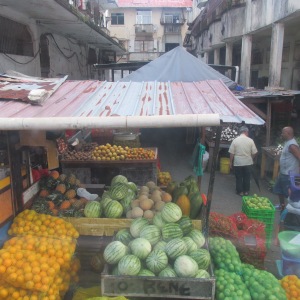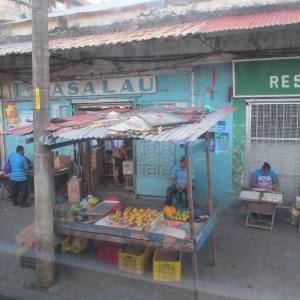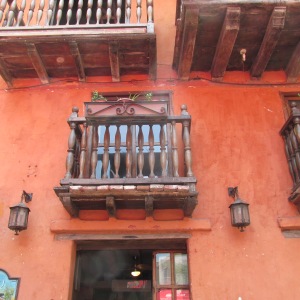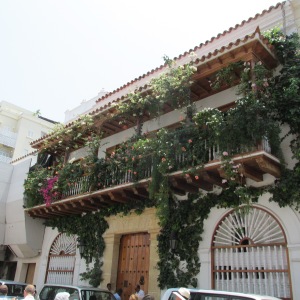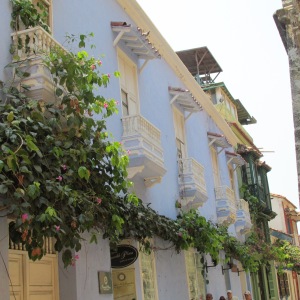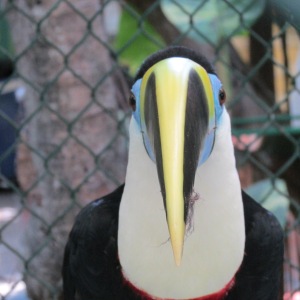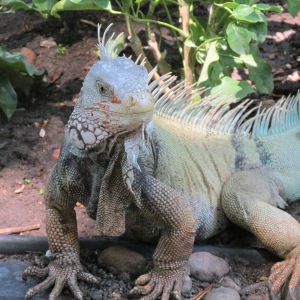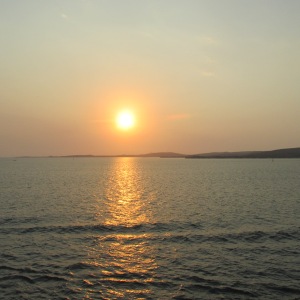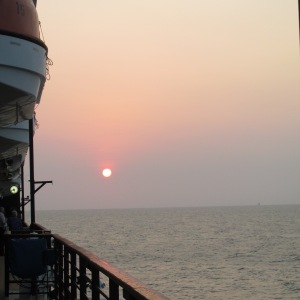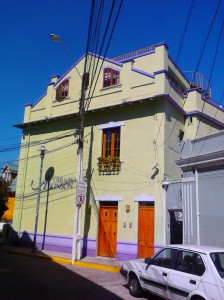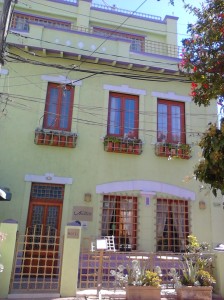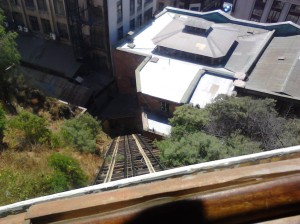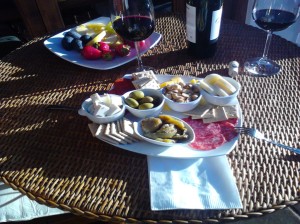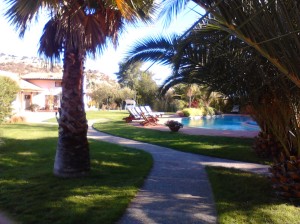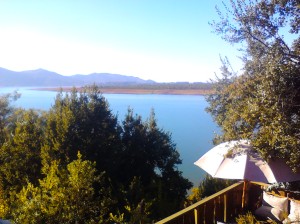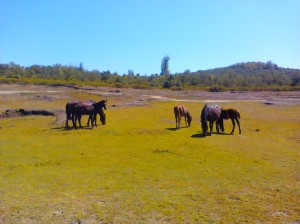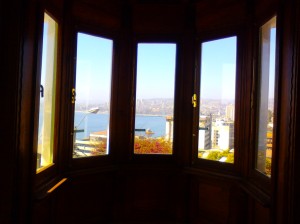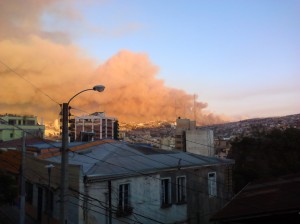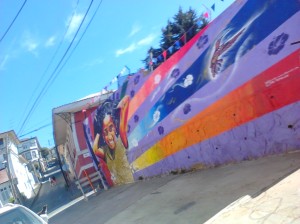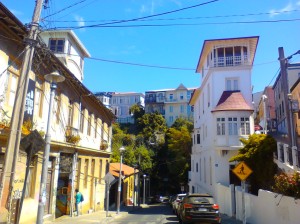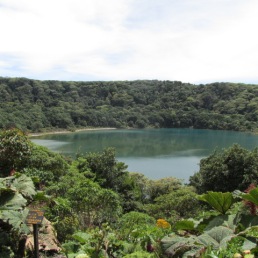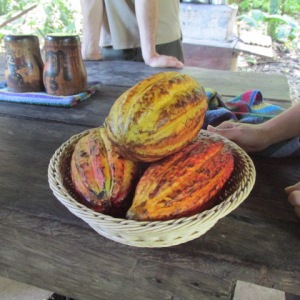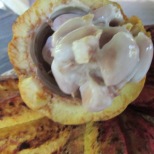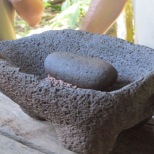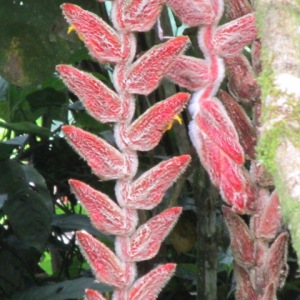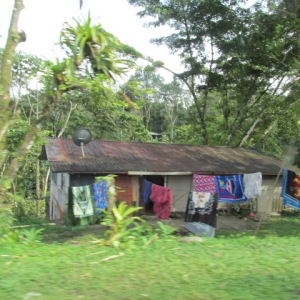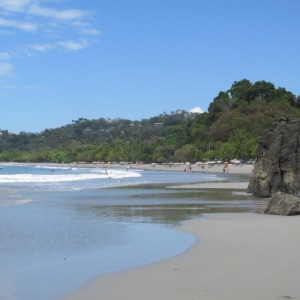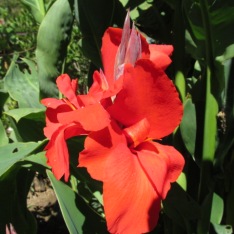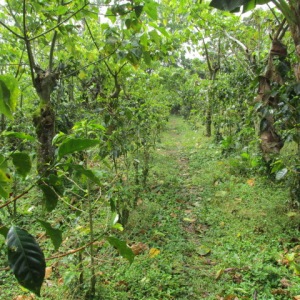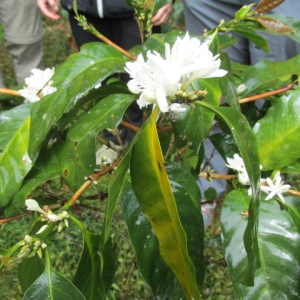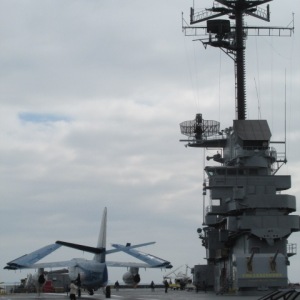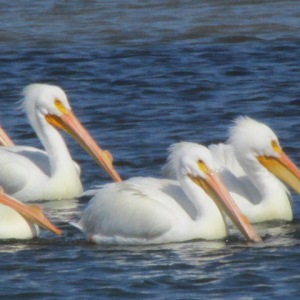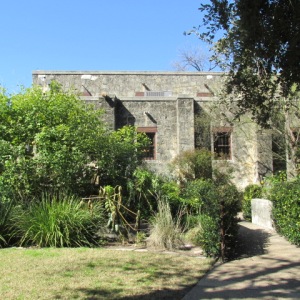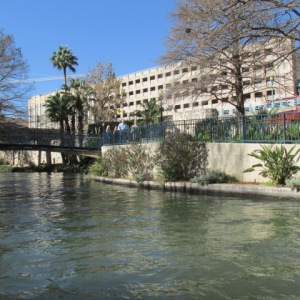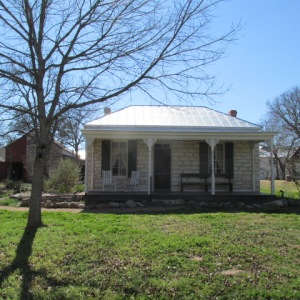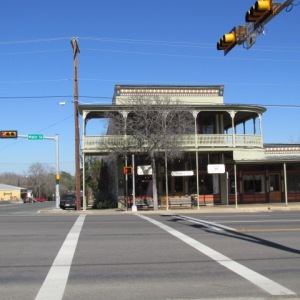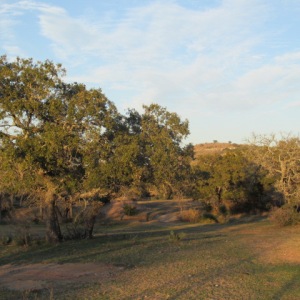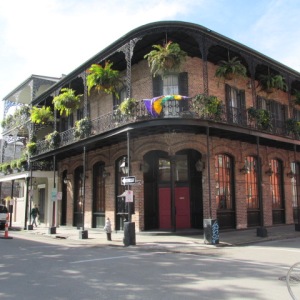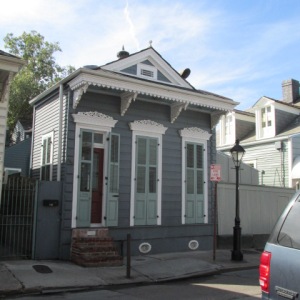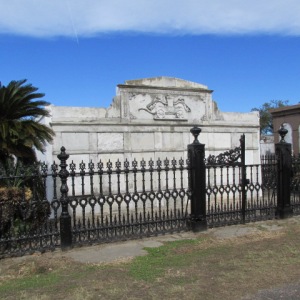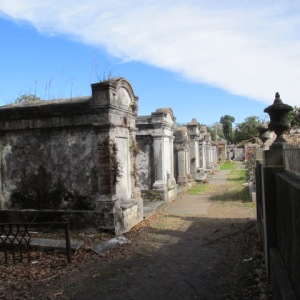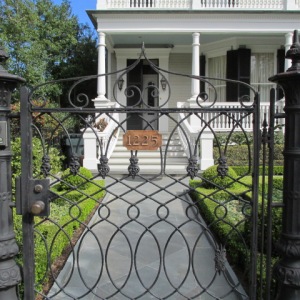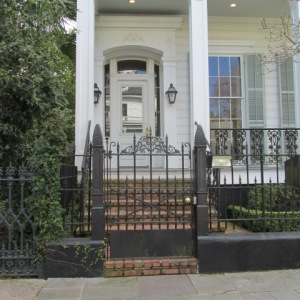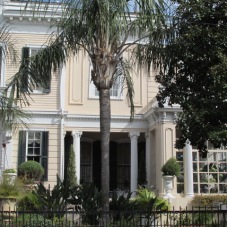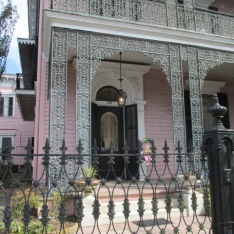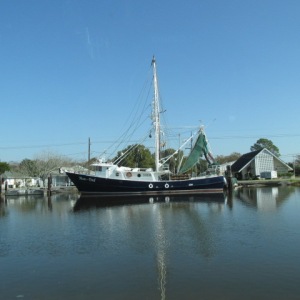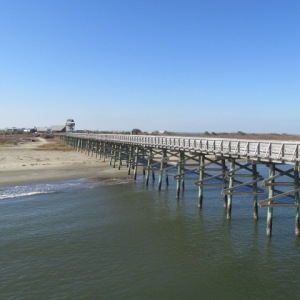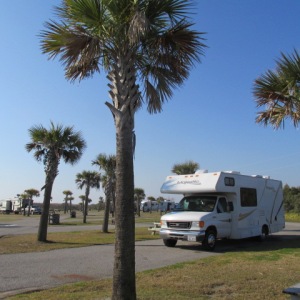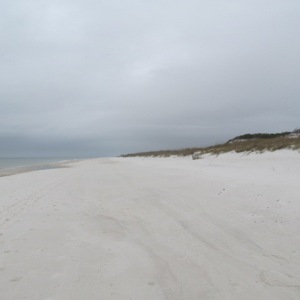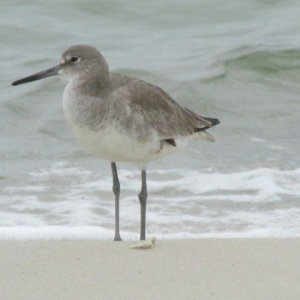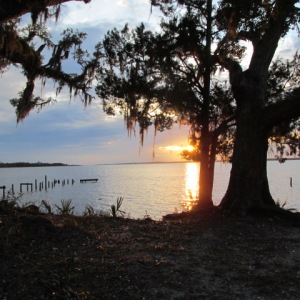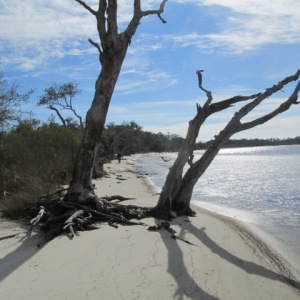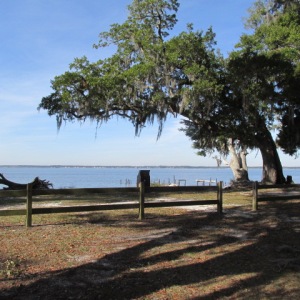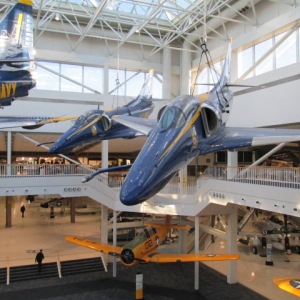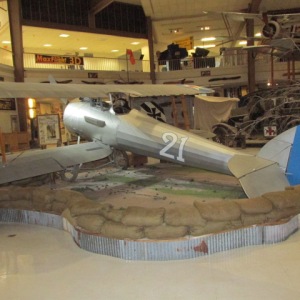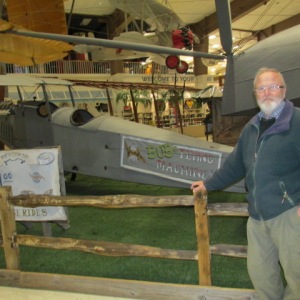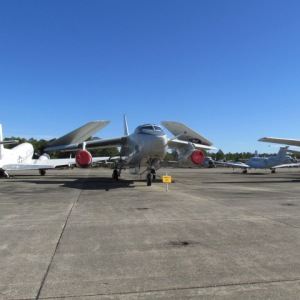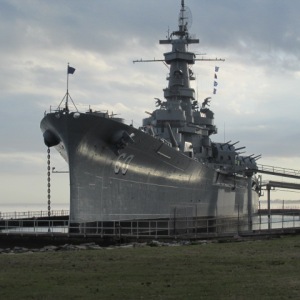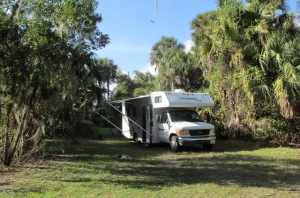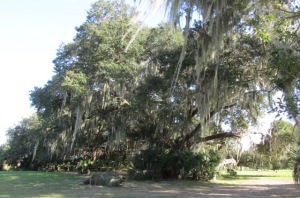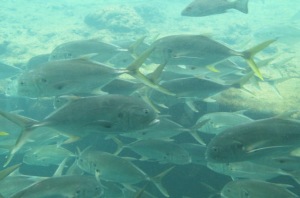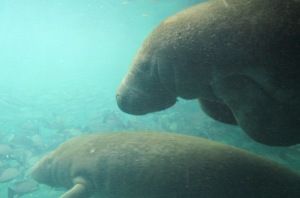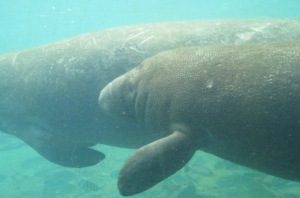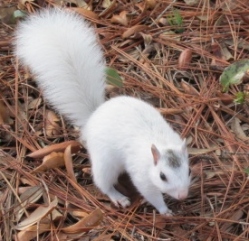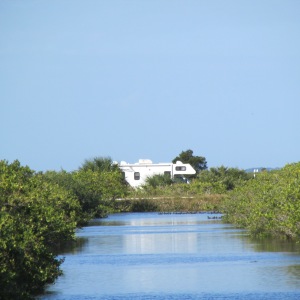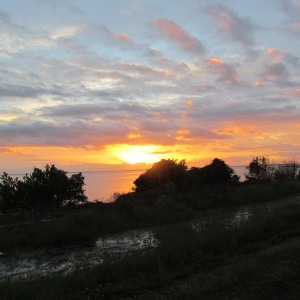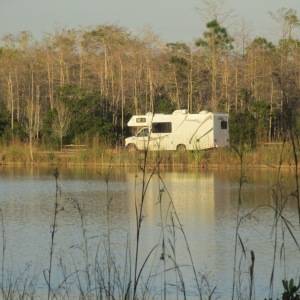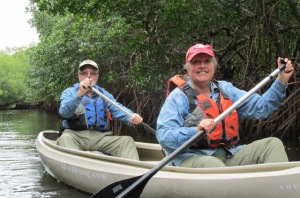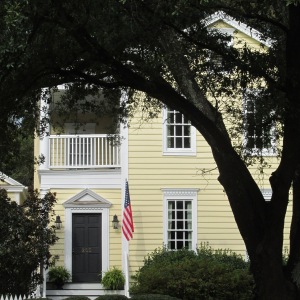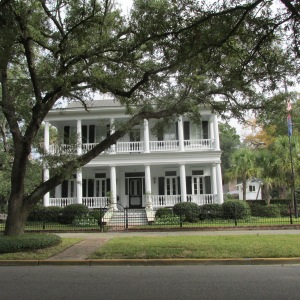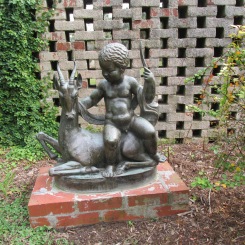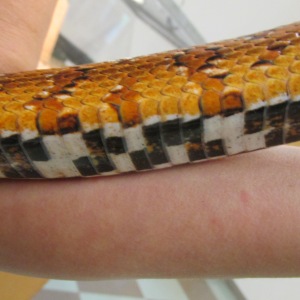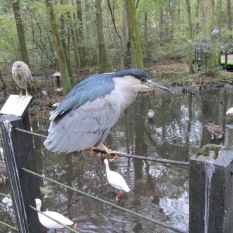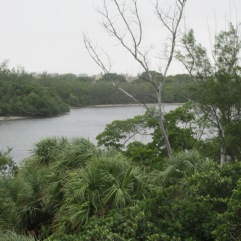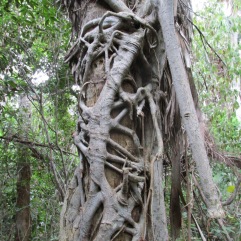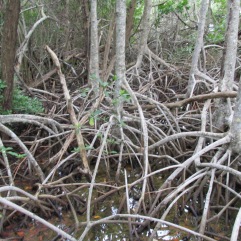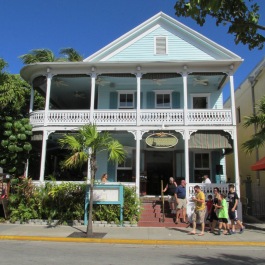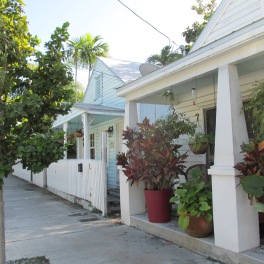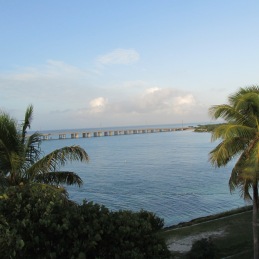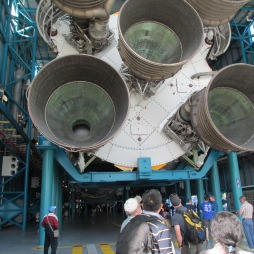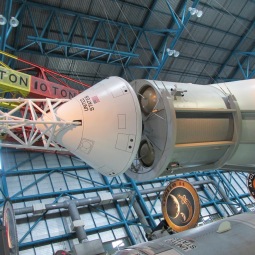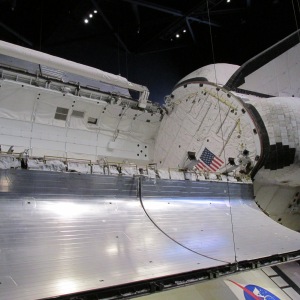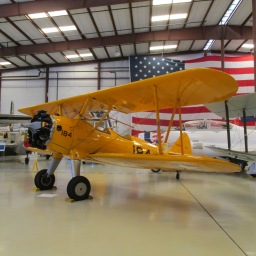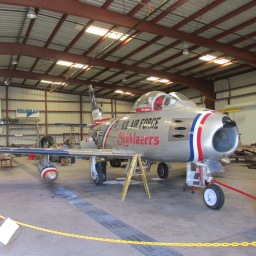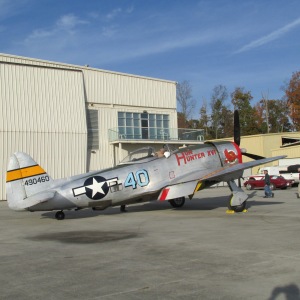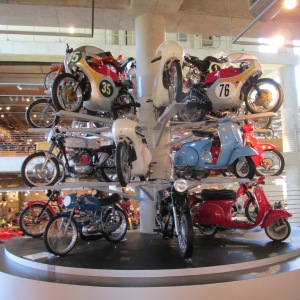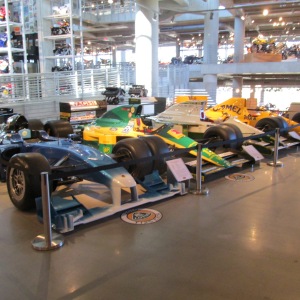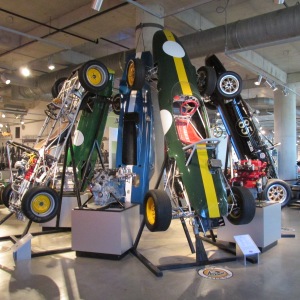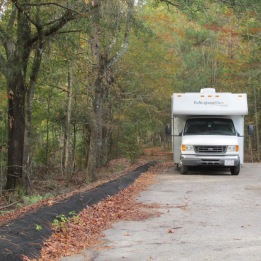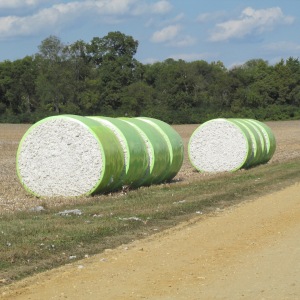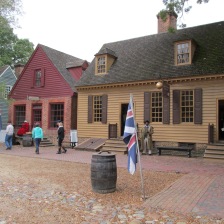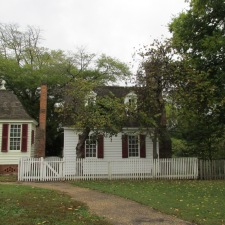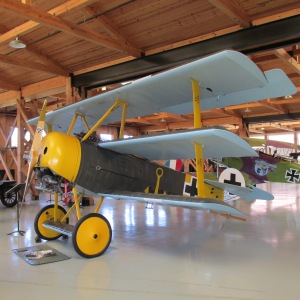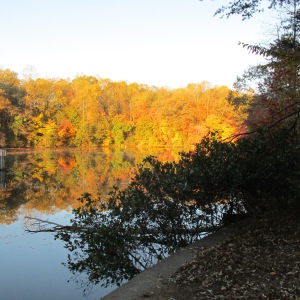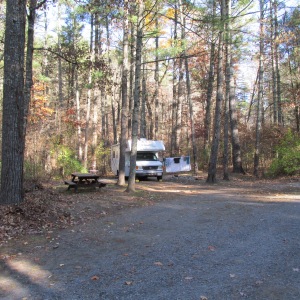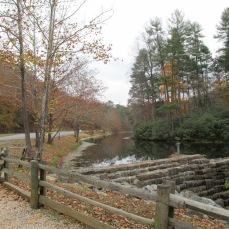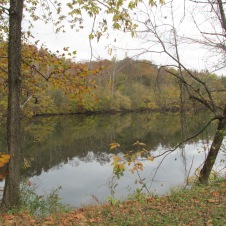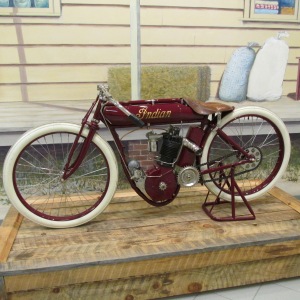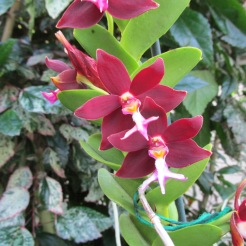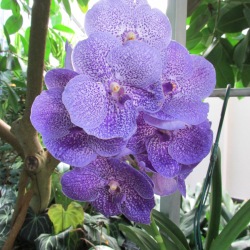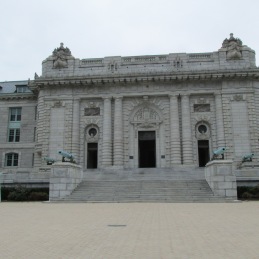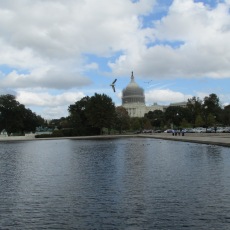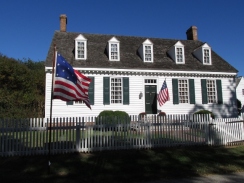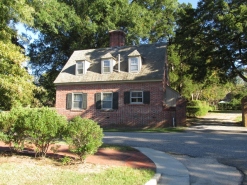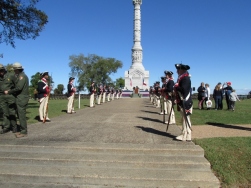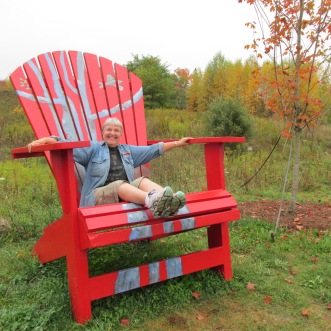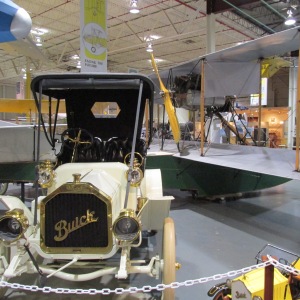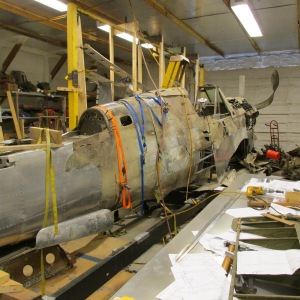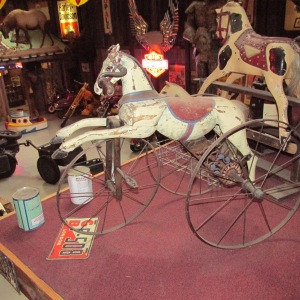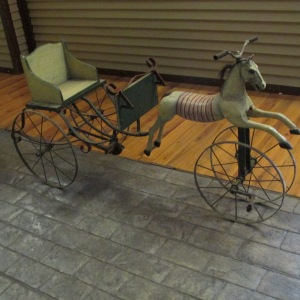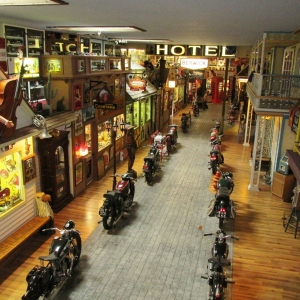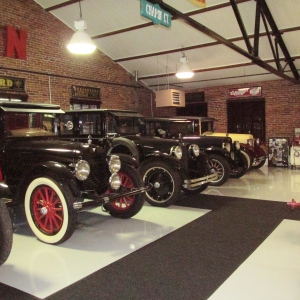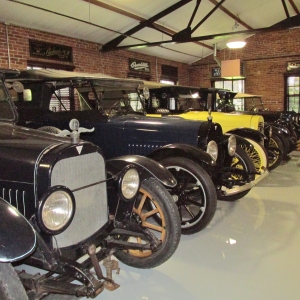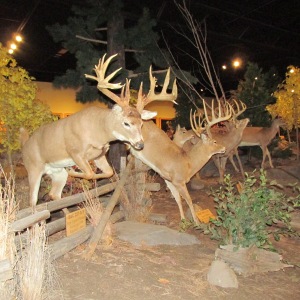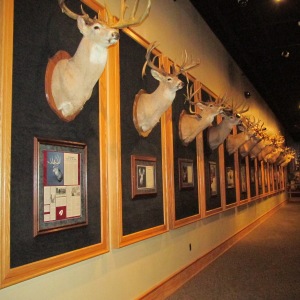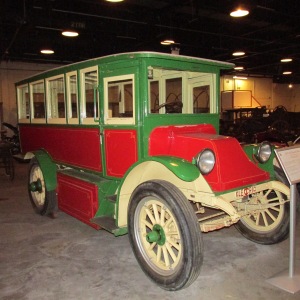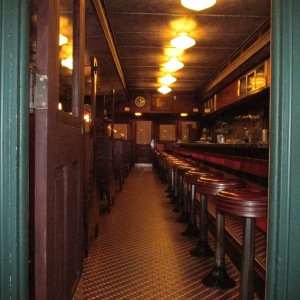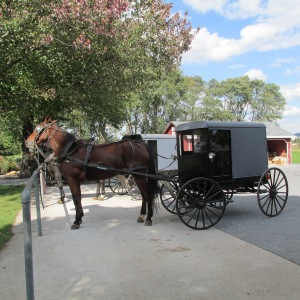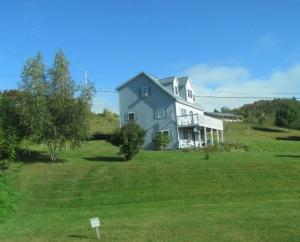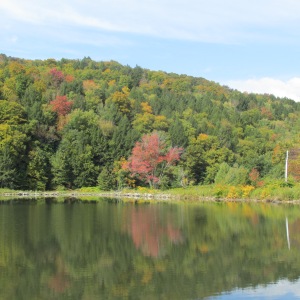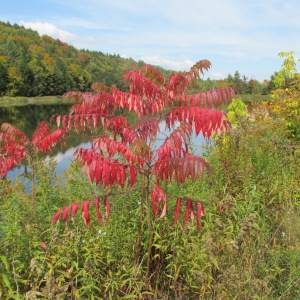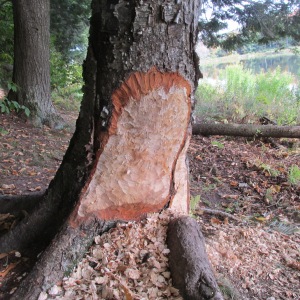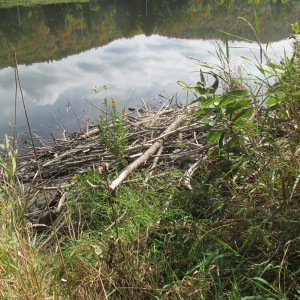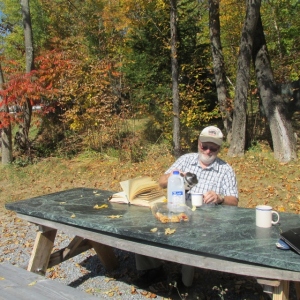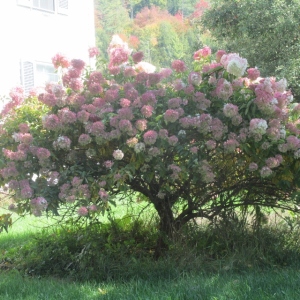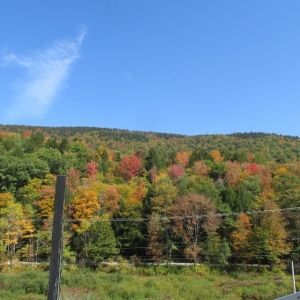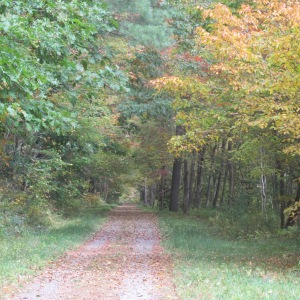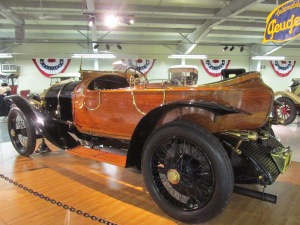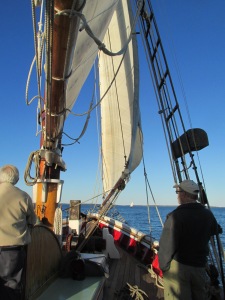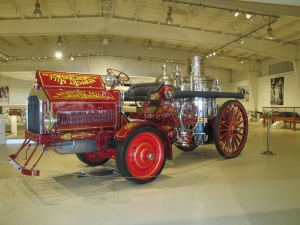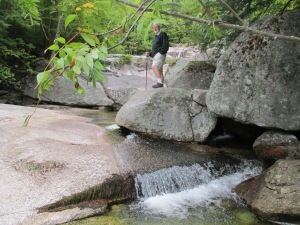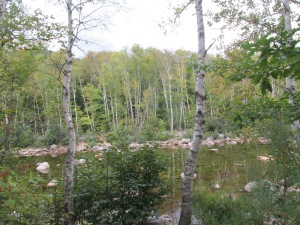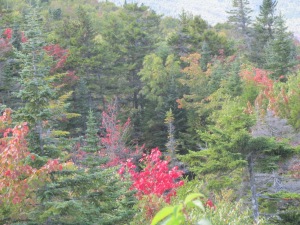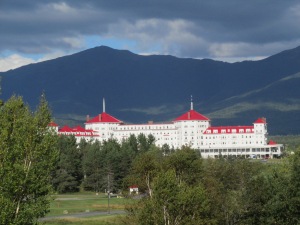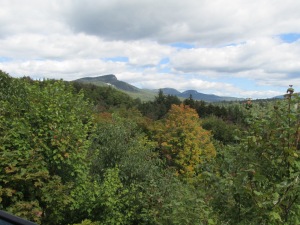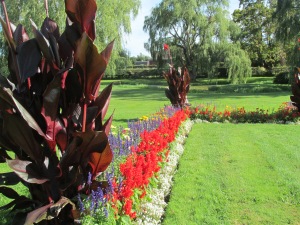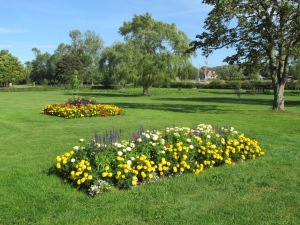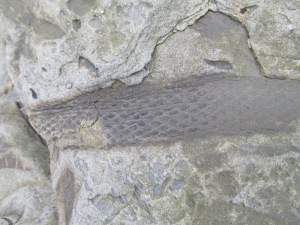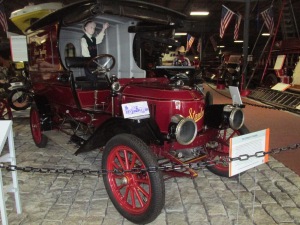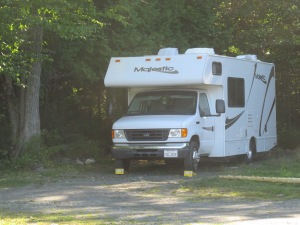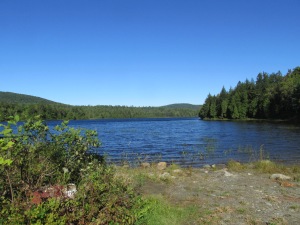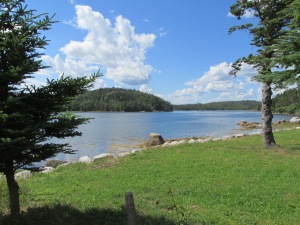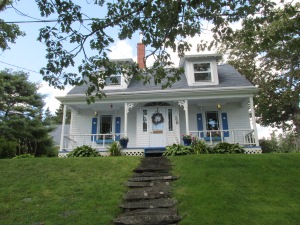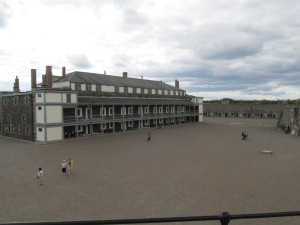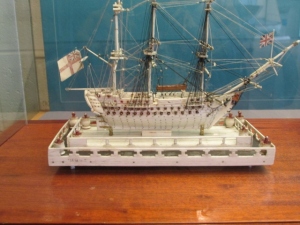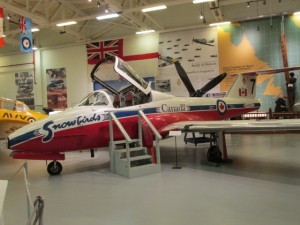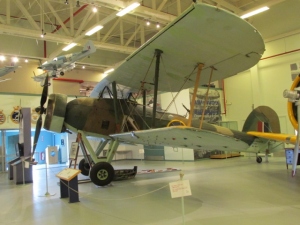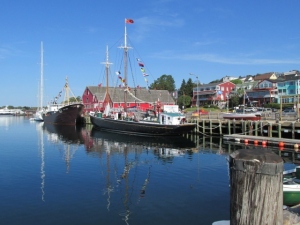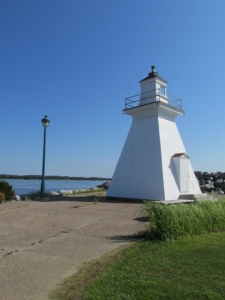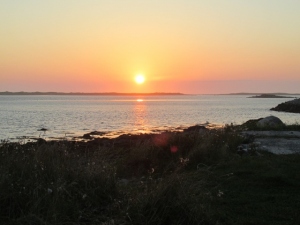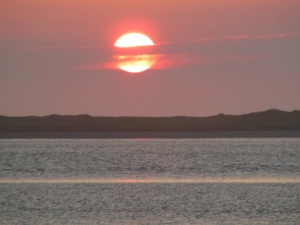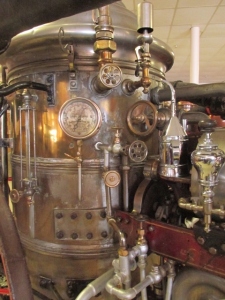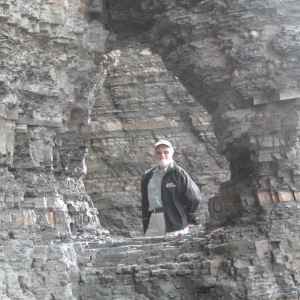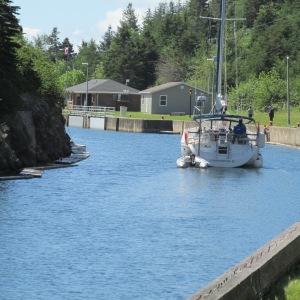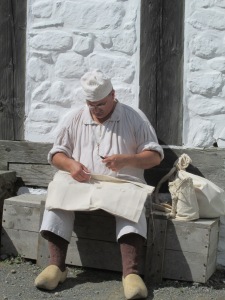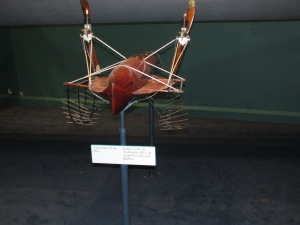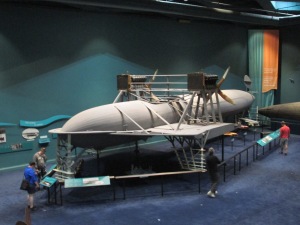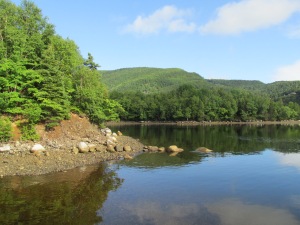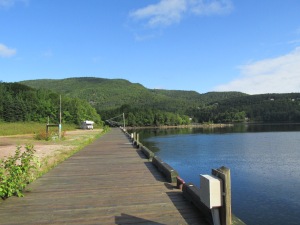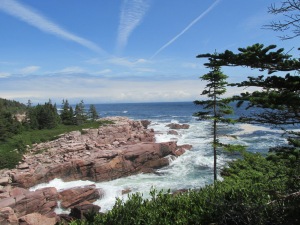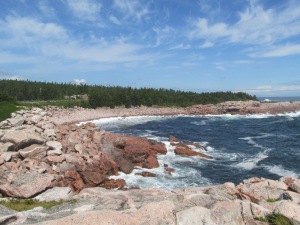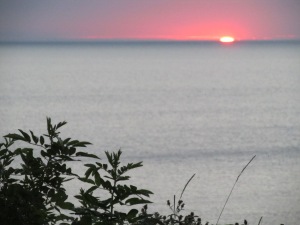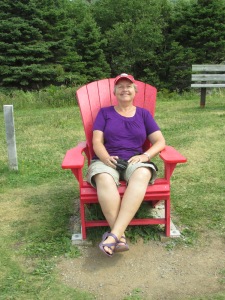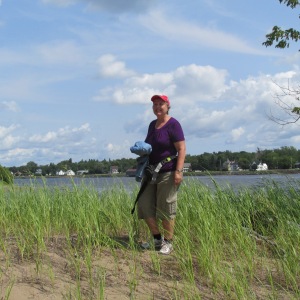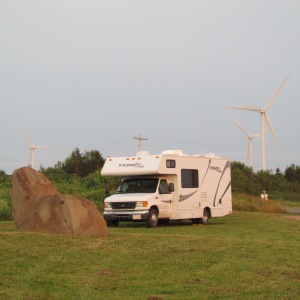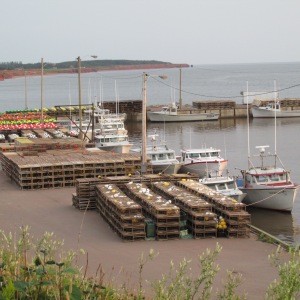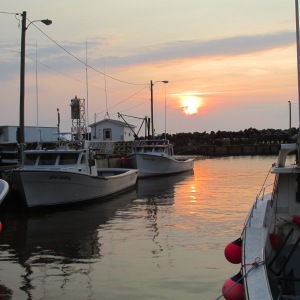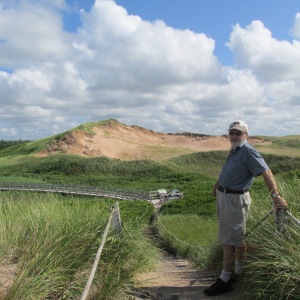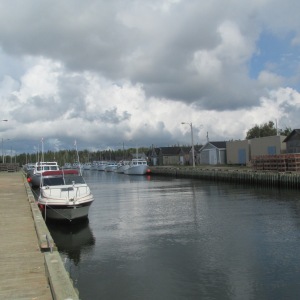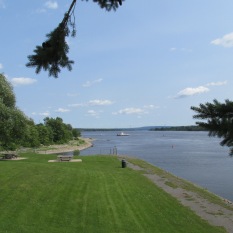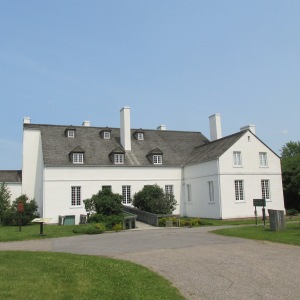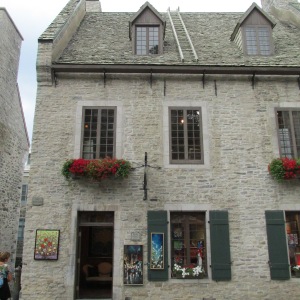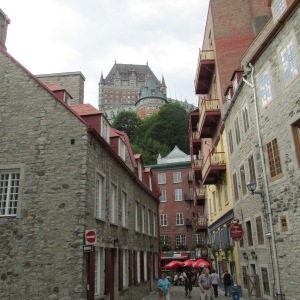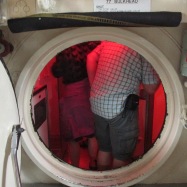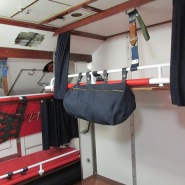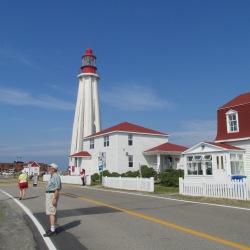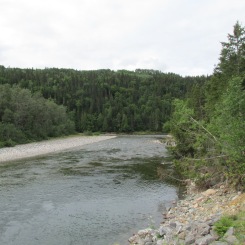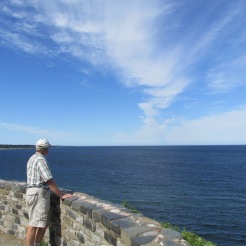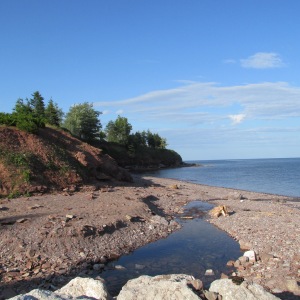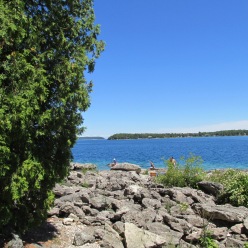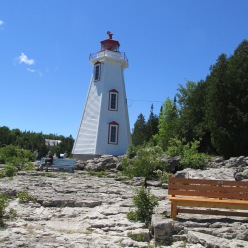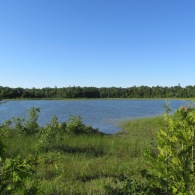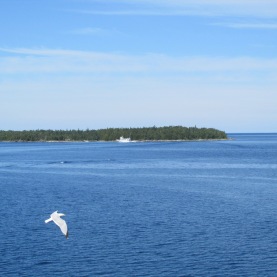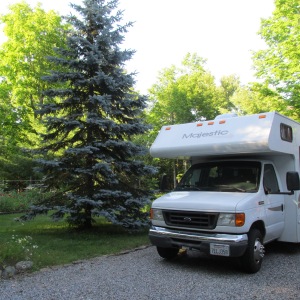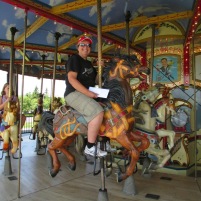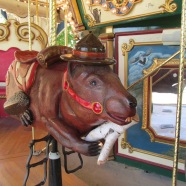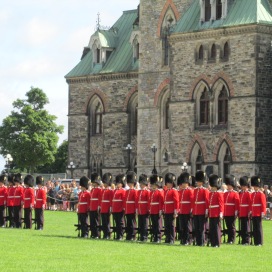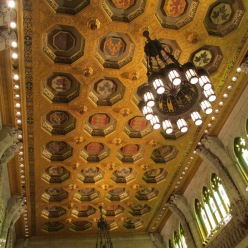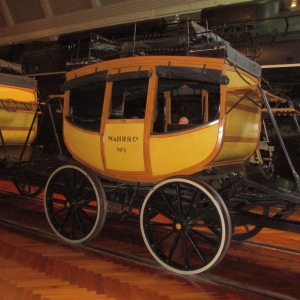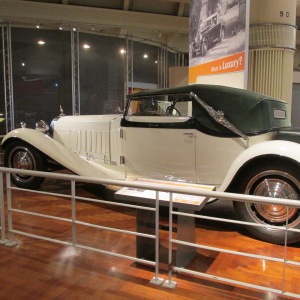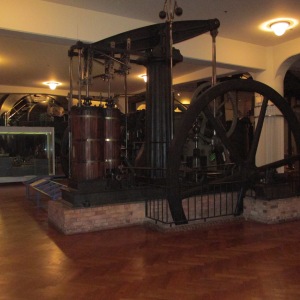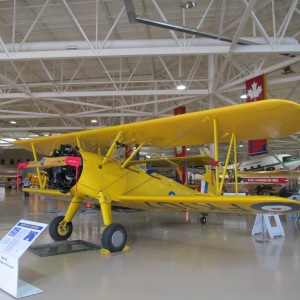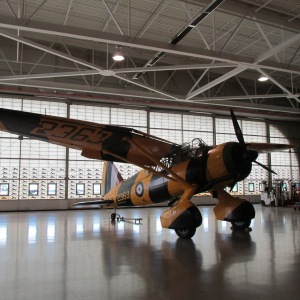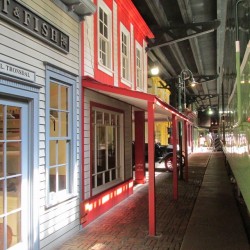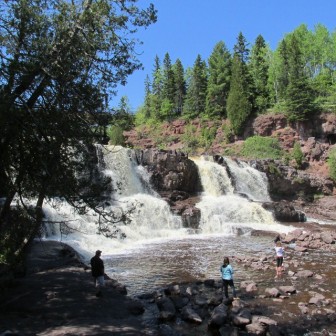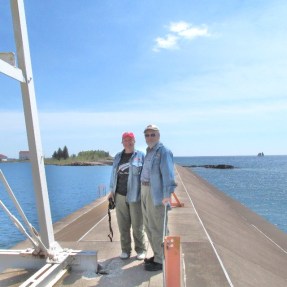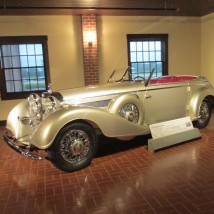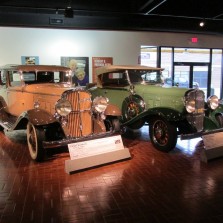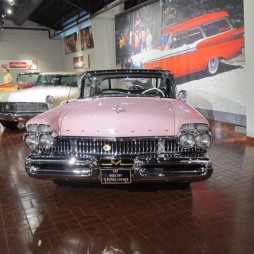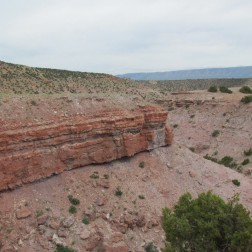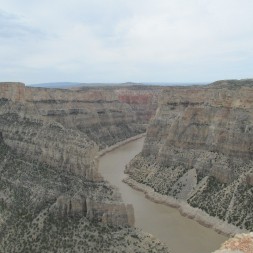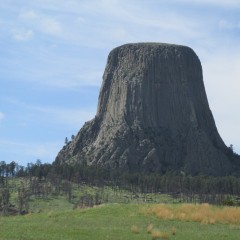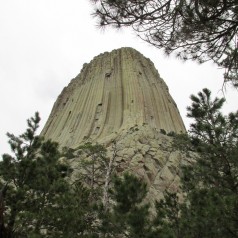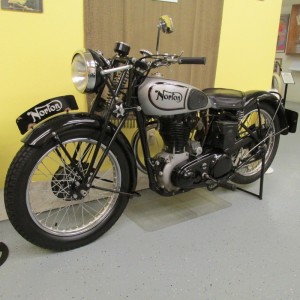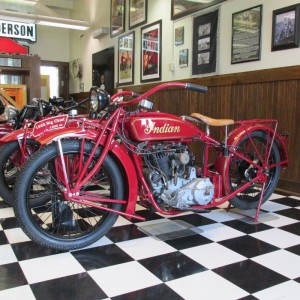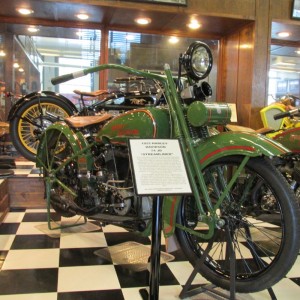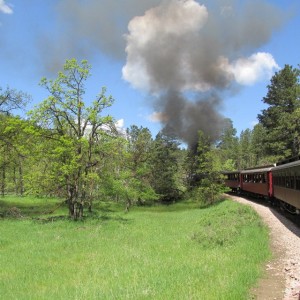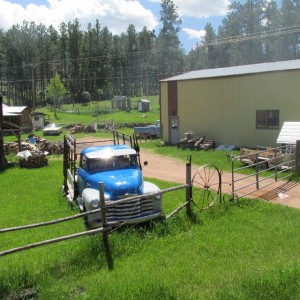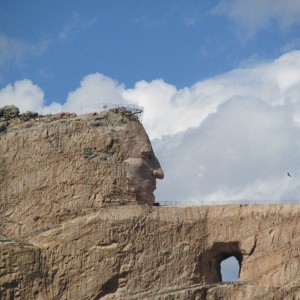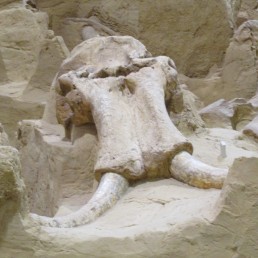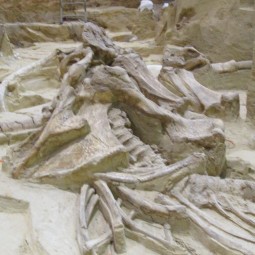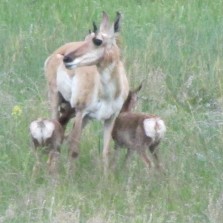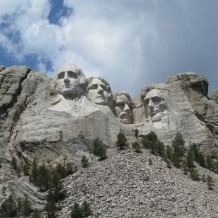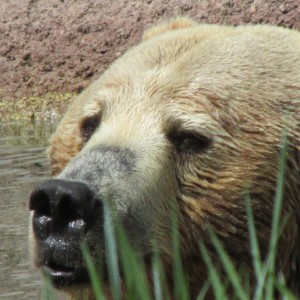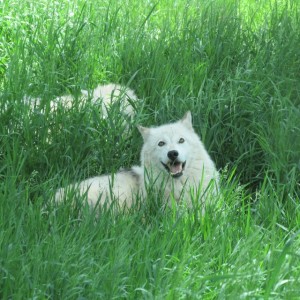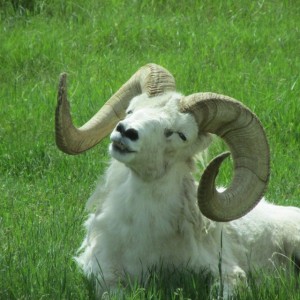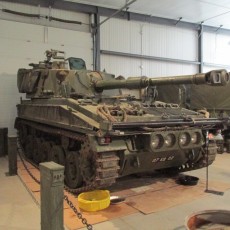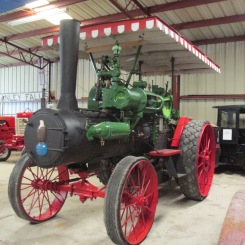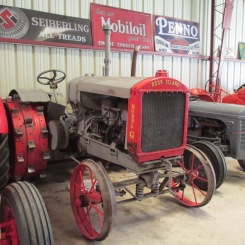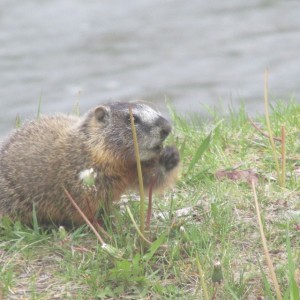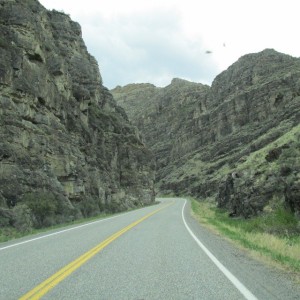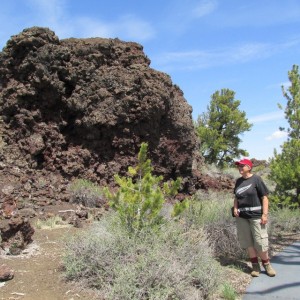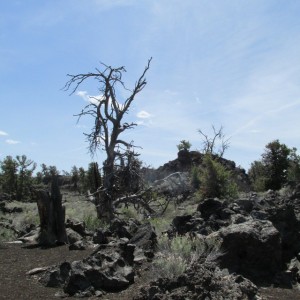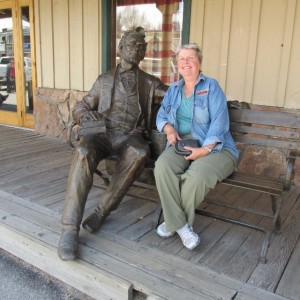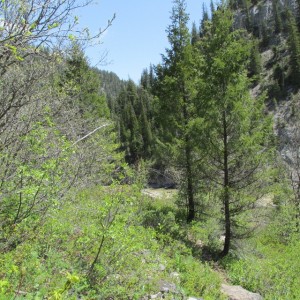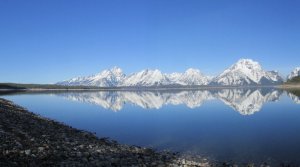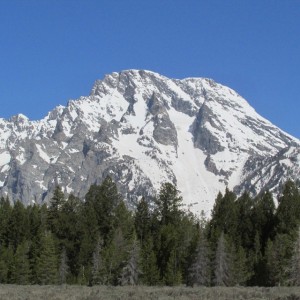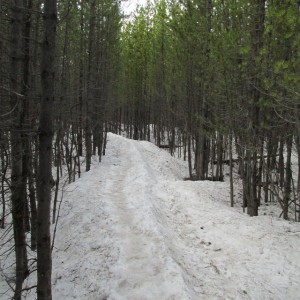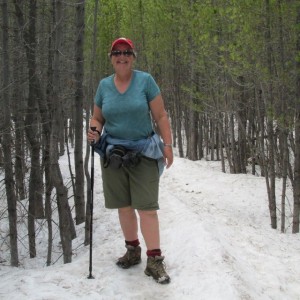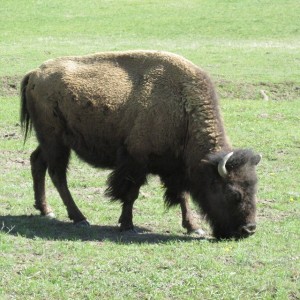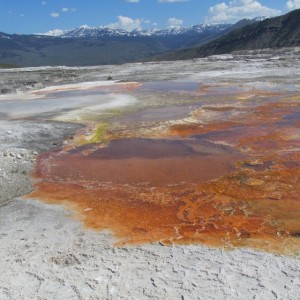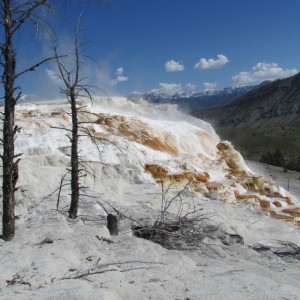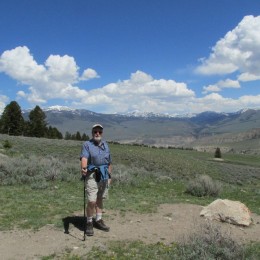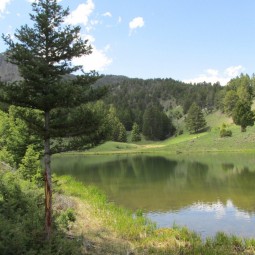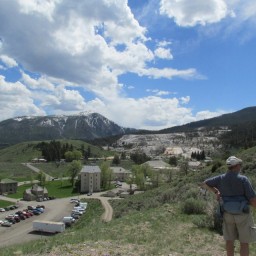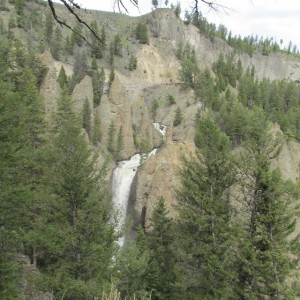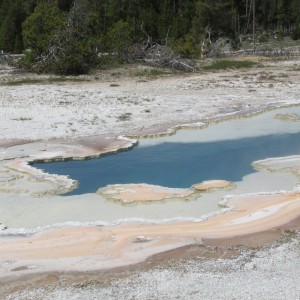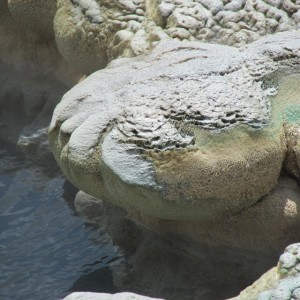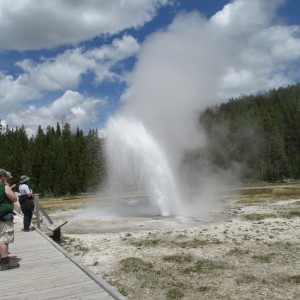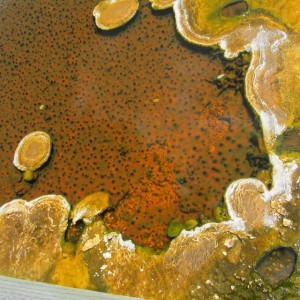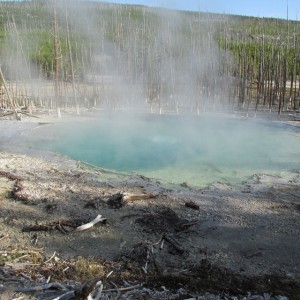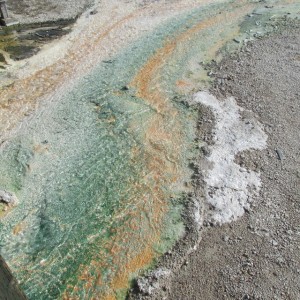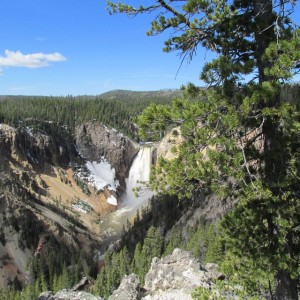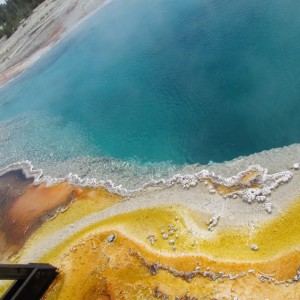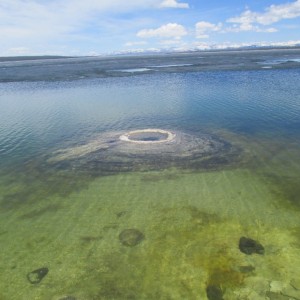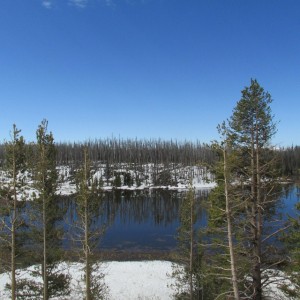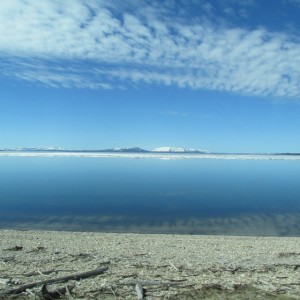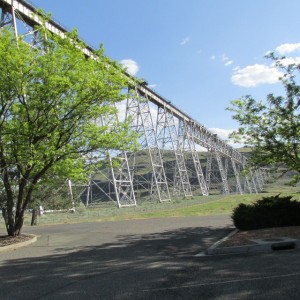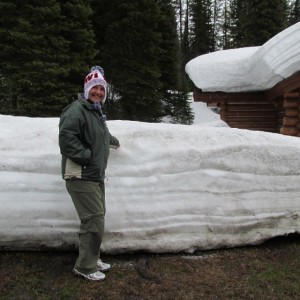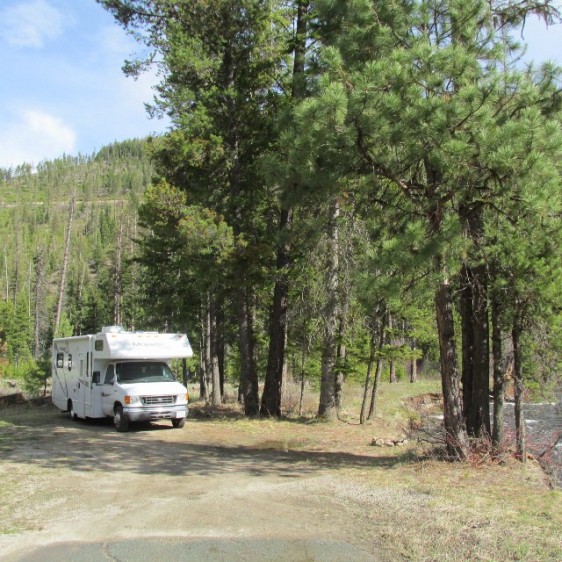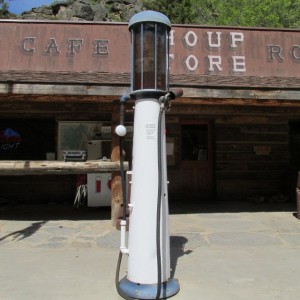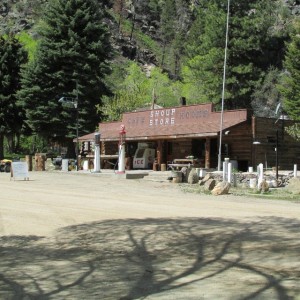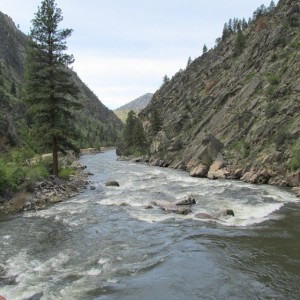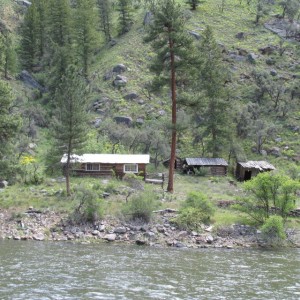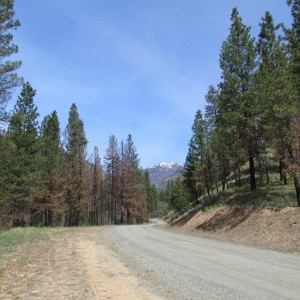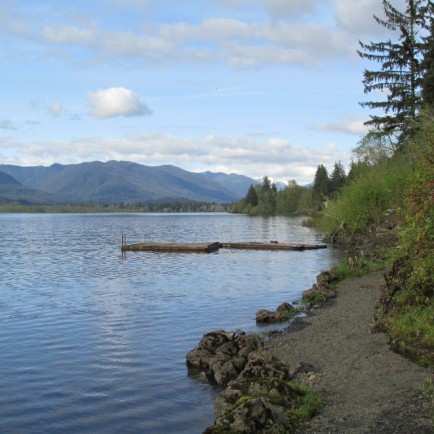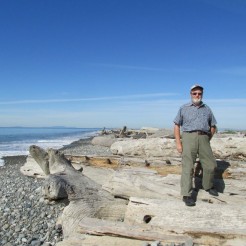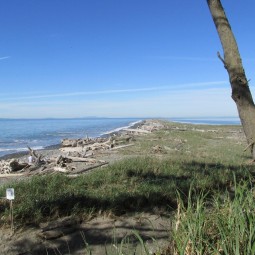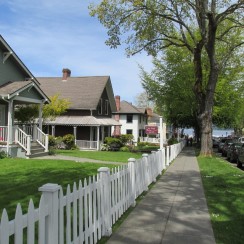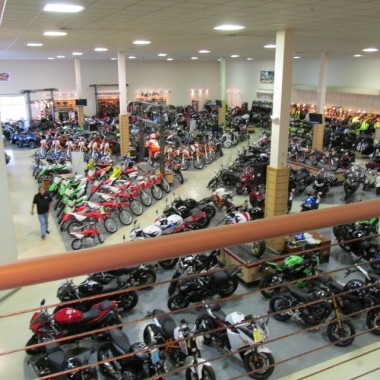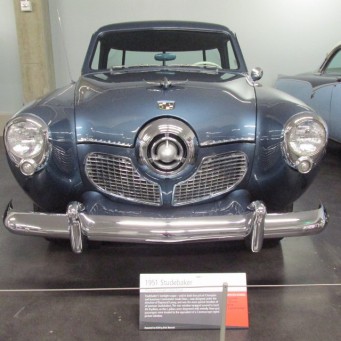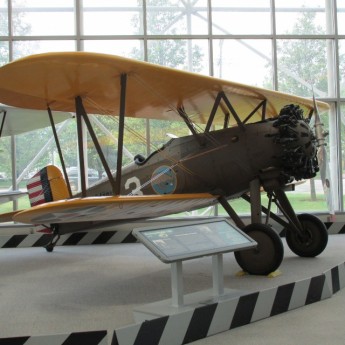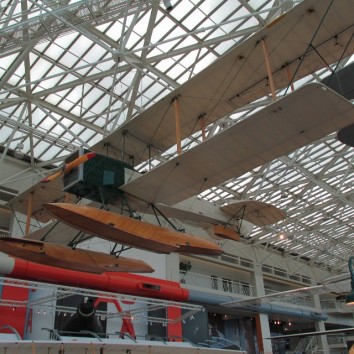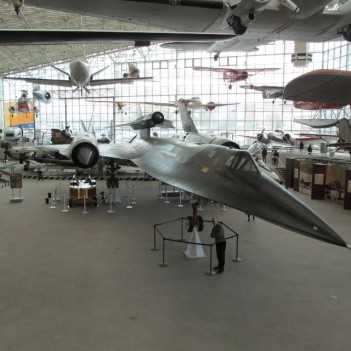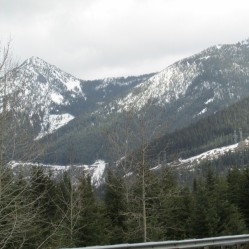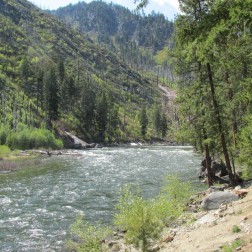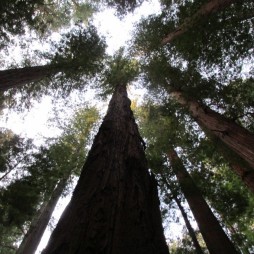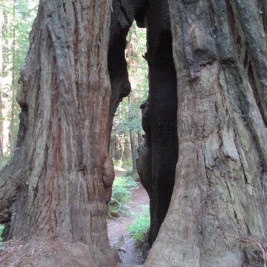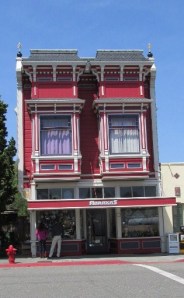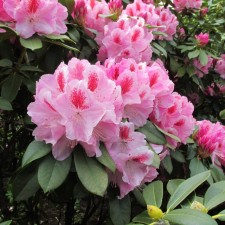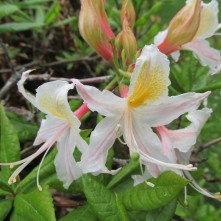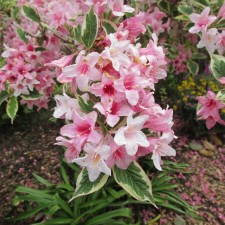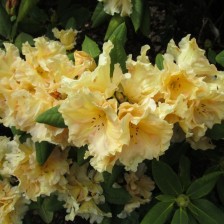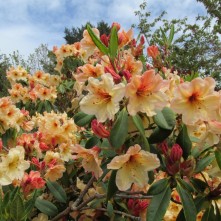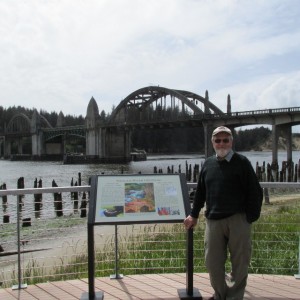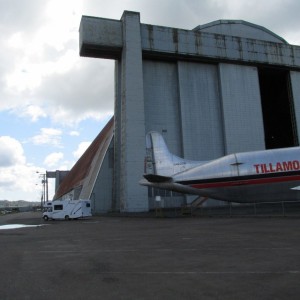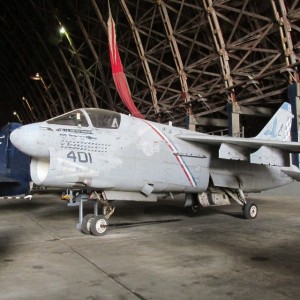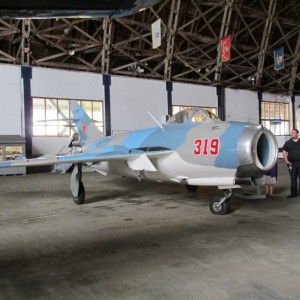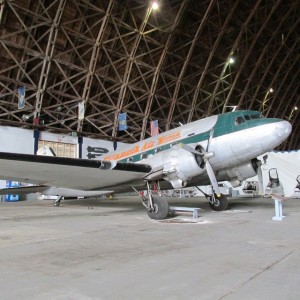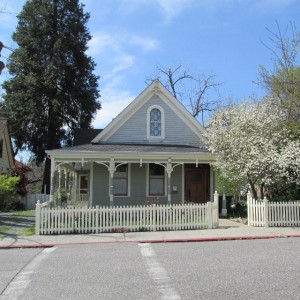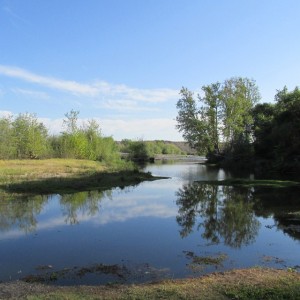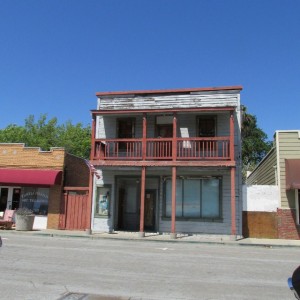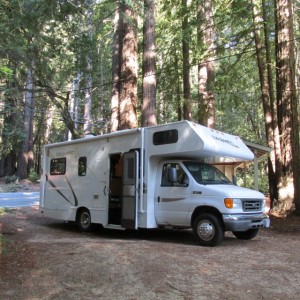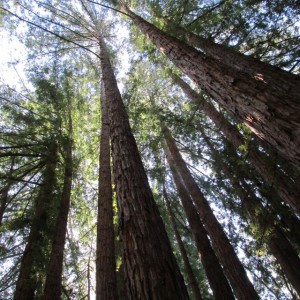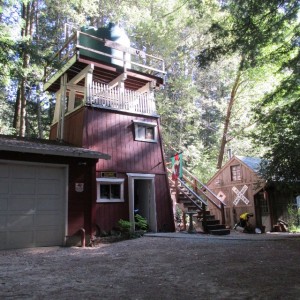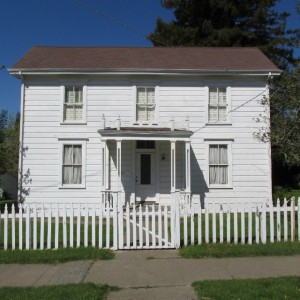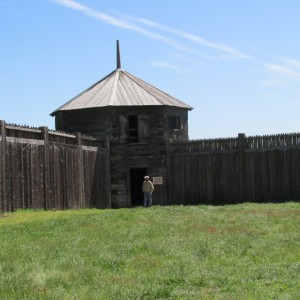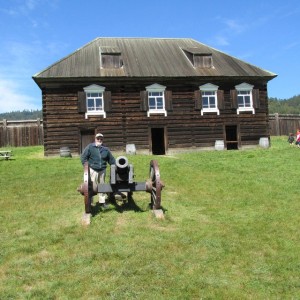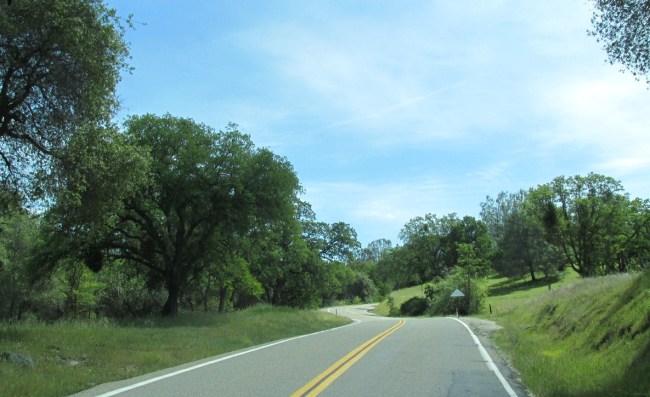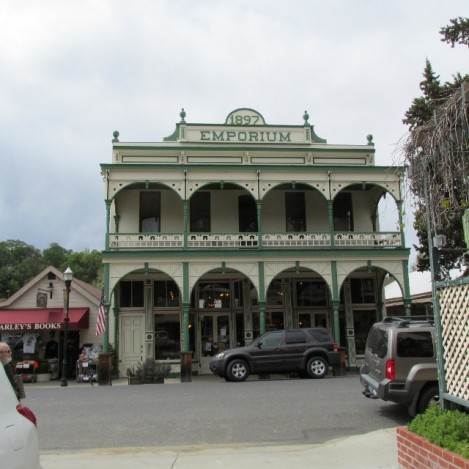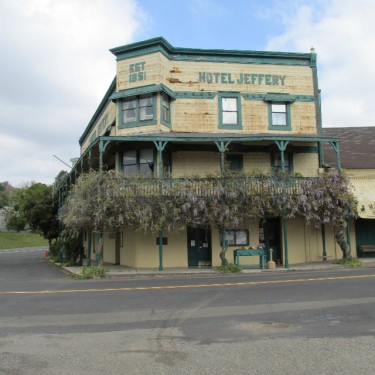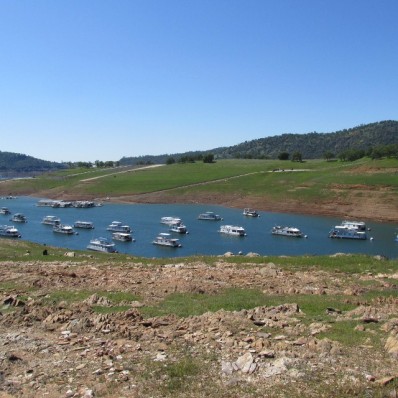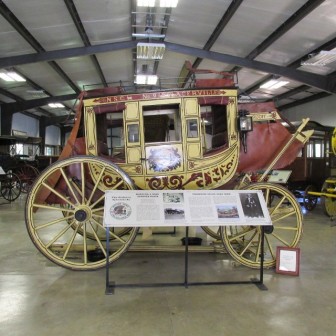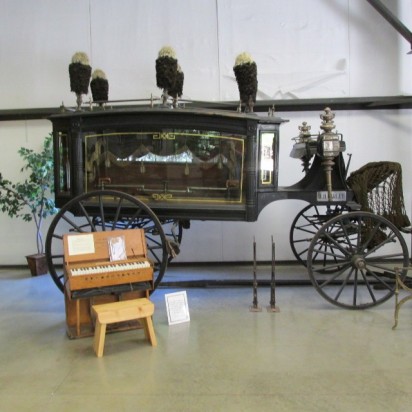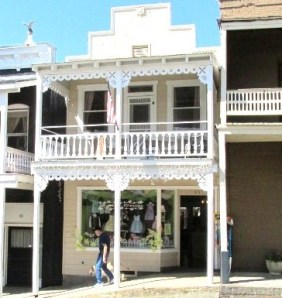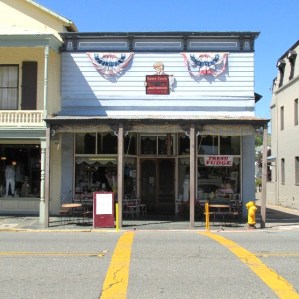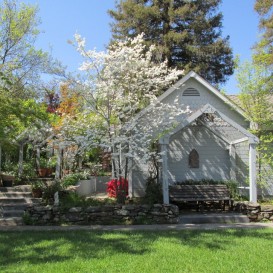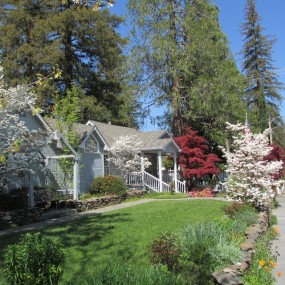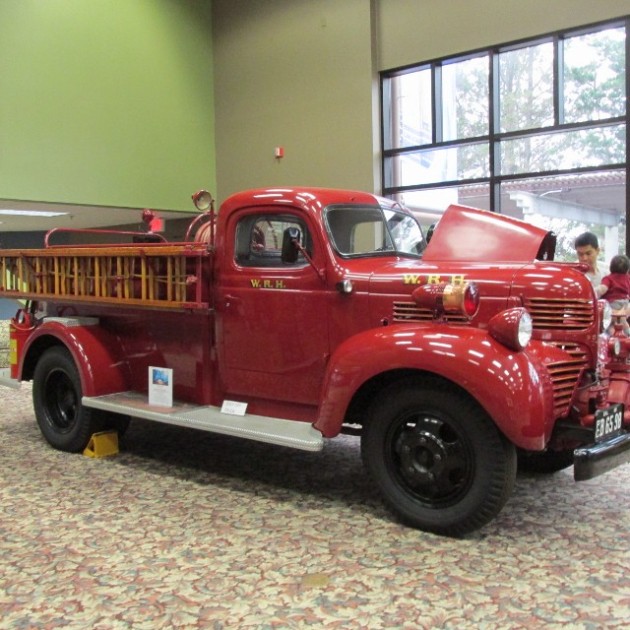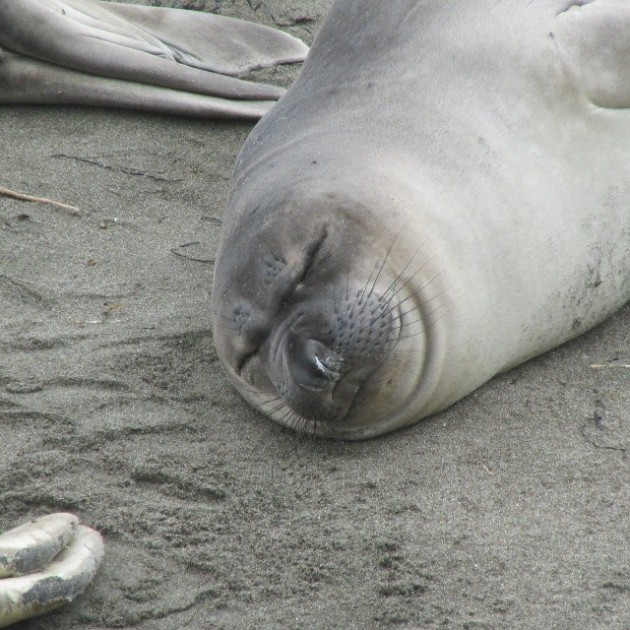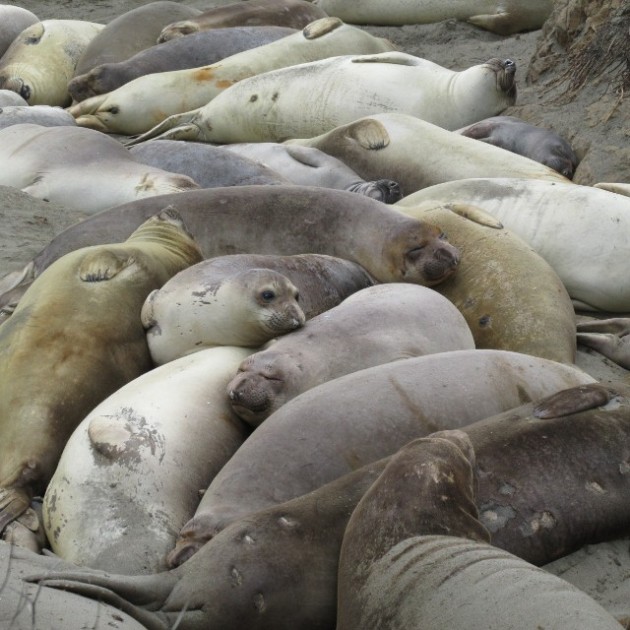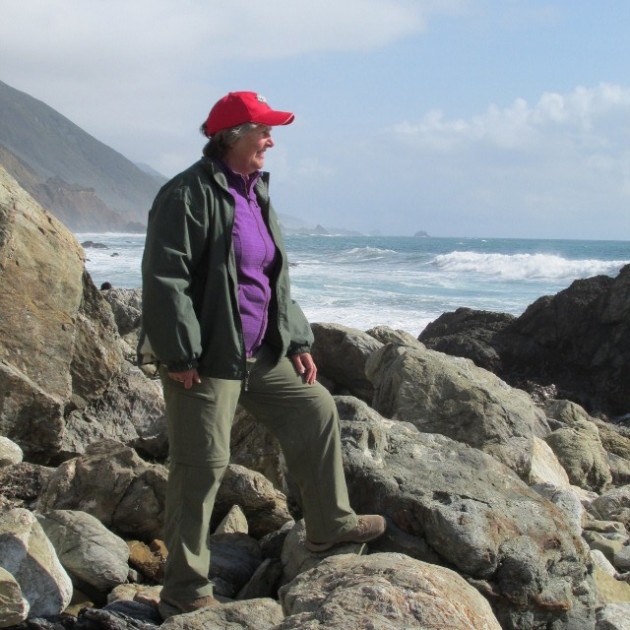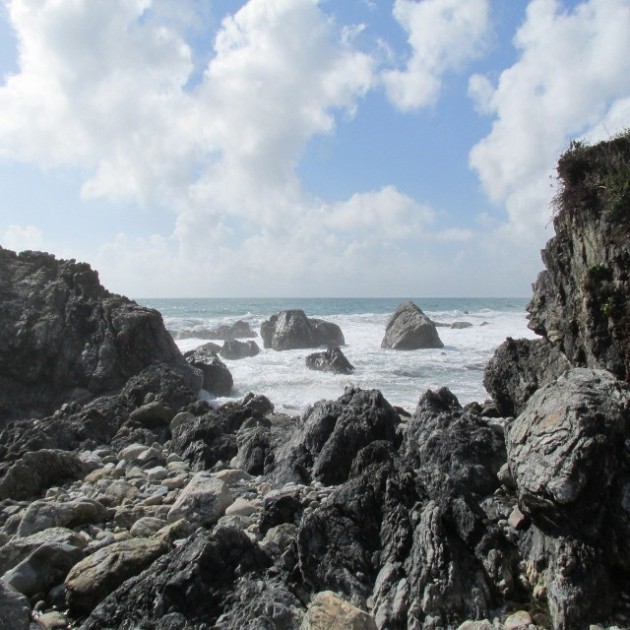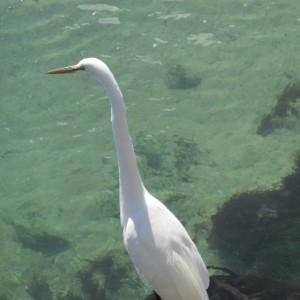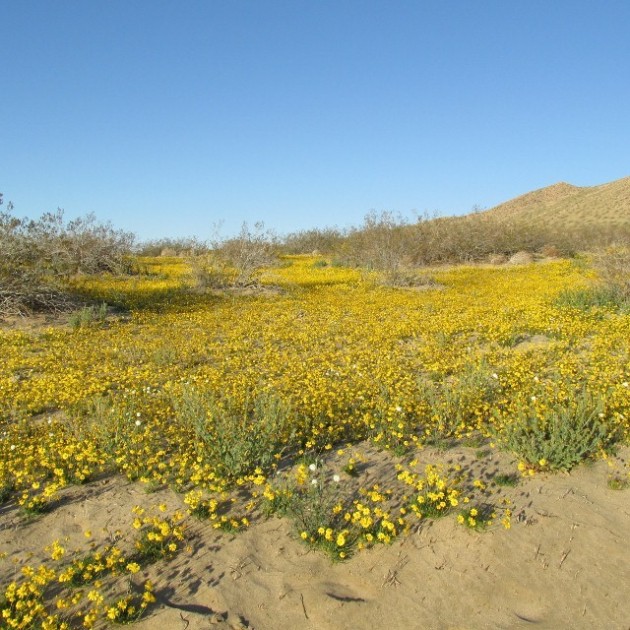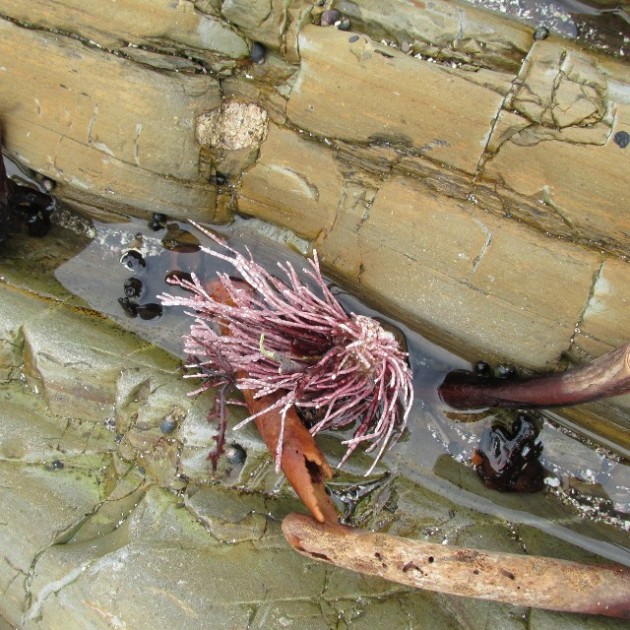07 October – Our SAS flight to Oslo was just over 2 1/2 hours – full again. Arrived on time and we got to sample the Flytoget fast train from the airport all the way through to Drammen. Very impressive – so smooth and must be in excess of 180kph judging by the way we whizzed past the cars on the motorway. Very green countryside with many trees, fields and small farms. Roald was at the station to meet us and take us back up to his home in Konnerud.
8-9 October – A nice time catching up with Roald and enjoying his company. Sadly Malfrid his wife is in full time care now, but we managed a couple of visits to see her. A dramatic change from the last time I had seen her which is very sad, but she did seem to remember us. A nice walk through the woods one afternoon for a scenic view out over Drammen got us out in the fresh air.
10 October – Time to say our farewells to Norway; we had such a nice stay with Roald remembering times past. Took the local train from Drammen to Oslo and changed to the express to speed through the countryside first to Gotenburg in Sweden, where it was again necessary to change, this time to a local train to Malmo. Couldn’t believe the number of begging gypsies in the train station at Gotenburg. Our trip from go to whoa took us about 6 hours and made a pleasant change from being in a plane. Claus and Adriana picked us up at the train station in Malmo and then it was just a short drive to their home in the nearby town of Oxie. Samantha, their daughter, last seen at Wanganui in 2013 had blossomed into a bubbly 13 year old.
11 October – The weather not co-operating very nicely at the moment but at least it wasn’t raining so, being a Sunday, we were taken on a nice drive out on the coast to the southern most tip of Sweden before heading inland to their summer house. Wow – this was an 18th Century farmhouse complete with thatched roof. Inside it had been re-modelled into a cosy dwelling, but with all the character remaining including the very low ceiling beams. Extensive gardens surround the house and in summer they make full use of them.



Also picked up Claus’s Karmen-Ghia from storage and inspected his newly acquired La Salle purchased from America.
12-14 October – Work days in the Moller household, but we had the loan of Claus’s BMW to go tiki-touring. Helsingborg to the north of Malmo was our destination for the first day. An old city centre with a castle and interesting buildings kept us occupied for a while until it got too cold, so back home via country roads and nice scenery.
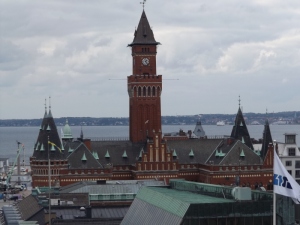
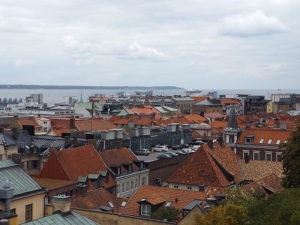
Tuesday we followed some of the route from the Sunday drive, intending to take lunch at a restaurant we had been shown, which was unfortunately found to be closed for the day. Plan B was more successful and we did manage to find a small pizza cafe nearby.
Wednesday and another try for lunch, this time at a highly regarded fish restaurant near Fasterbo, on a nearby peninsula in the Oresund Passage. Closed again, this time for the season, but we did find a charming cafe in the village which provided the necessaries.
This part of southern Sweden is full of tiny villages with lovely old cottages and thatch-roofed houses – very reminiscent of England, but tidier looking countryside.
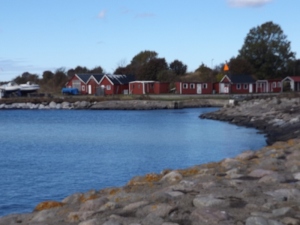
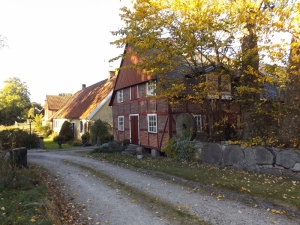
15 October – Malmo, here we come. Took the bus into the city as it has a good walking centre and not easy to find suitable parking. Spent a few hours taking in the different highlights including Malmo Castle, which had some good displays and one very macabre one about prisoners in the jail there in former times. Also an exhibition recording the city’s past history after WWII in caring for refugees, which they are now having to do again. Bussed back home – a whole day without rain but it was still not all that warm.

16 October – Farewells again after another hospitable sojourn, before Claus dropped us off at Copenhagen airport and we had a leisurely check-in with time to spare, before boarding SAS to Amsterdam. A very full flight again, but only 1hr 30. Touched down in a wet Amsterdam and had to set about finding a phone to call for our shuttle to our waiting Peugeot Eurolease car. That was easier said than done, but finally managed to work out how to use the public phone and get through to the right person. Ten minutes later our van arrived and we were taken south of the airport to pick her up – only 1.8km on the speedo – she smells lovely and new and quite a sporty little machine. Not sure that we will need the sun roof though, but the heated seats are sooo nice. Got the GPS sorted with our address for the night.
I had booked a B&B before leaving Sweden to make sure that we didn’t have too far to drive when arriving. The Amsterdam traffic towards Utrecht made the trip longer than anticipated and it was a bit of a struggle to find our accommodation, but we finally arrived around 6pm and found it to be a nice place. We were their first guests ever, so it was all a bit new for our hosts but they did a good job. We had to find a place for dinner and that was the big challenge for the day – the town was only a short walking distance away but it was rainy and cold so we took the car.
Yvette had a real problem distinguishing between cycle roads and roads suitable for vehicles but we finally found the centre of the town. A night market was going on with meats, cheeses and all sorts of other things for sale. We found our booked restaurant – good food but back to nouveau cuisine – the only time we have been hungry enough to eat a horse and we get small portions! It turned out to be satisfying enough and was especially nicely prepared. “Go back home” challenged Yvette, but we did eventually made it back and were so glad we had decided not to walk – we would still be searching!
17 October – A nice breakfast awaited us in the morning with a good selection of fresh fruits, cereals, boiled eggs and breads. Getting out of Ijsellstein was much easier in the daylight. Using rural roads we ambled down around Eindhoven towards Grubbenvorst, which was a challenge as our map is not of a very large scale and Yvette was fighting us all the way to get us to go on the freeway – can’t yet find where I can turn off that feature! Found Harry & Nel’s place very easily – a lovely little village. Bob & Harry went off to explore sheds later in the afternoon, while Nel took me for a walk around the village.
18 October – Grey and miserable day, so Harry’s suggestion of visiting the Ooberlong WWII museum was a good move. What a surprise that was – we spent nearly all day there, walking first through the documentation area which had vivid descriptions of the big tank and infantry battle that occurred in the vicinity and also of the great civilian hardships under the German occupation. After lunch we then had the huge display of vehicles and armaments to look at. What an amazing collection that was – the large building housing them had tanks, trucks, guns, boats and a couple of planes – many staged as they would have been when facing action.




19 October – An interesting visit today to a collector of Norton motorcycles living just an hour’s drive from Harry and Nel in the township of Best. Albert Heijden, the owner of the collection spent 3 hours with us going through his treasures and giving us some of the history of the special ones. As well as Nortons, he also had some very early bicycles, many racing cycles and other bits and pieces. As well as restoring Nortons, he had spent 10 years renovating the building they are housed in which was formerly his uncle’s family home going back several generations.
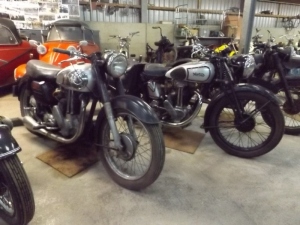

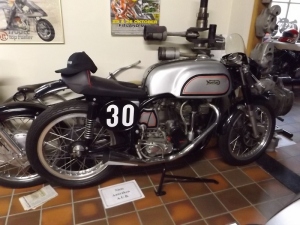
Our day was topped off by another visit to Harry and his boy’s large shed, to view their unique collection of very early motorbikes. The family has a real passion for early ‘bikes and for ‘less is best’ style restoration.
20 October – Bob had a visit first up with Harry to Dutch Lion, motorcycle dealers selling vintage and classic bikes in a range of conditions, but luckily came away empty handed. Our afternoon visits consisted first of a treat for the gals – a kitchen showroom, and boy do I want to move to the Netherlands. Amazing kitchens for a fraction of what we pay at home in NZ – this factory turns out something like 1500 kitchens a month, so that must account for the ability to turn them out so cheaply. This was followed up with a visit to ‘Yesterdays’ – a motorcycle collector/dealer housing some very exotic machines in a museum atmosphere. Many of these were for sale with some equally exotic prices, like 87,500Euro for a Motoguzzi from the 1930’s. Bob’s interest was taken by a 1952 350cc Manx Norton racer sourced from Finland at 41,000Euro. Dreams are free!
Our day was finished off with a trip over the border to Germany for dinner at a Chinese buffet restaurant which Harry and Nel often frequent.
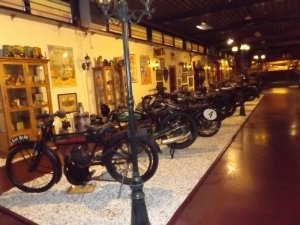


21 October – More farewells to kind friends. After an enjoyable few days it was time to move on again. Harry and Nel were kind hosts and we will see them before too long back in NZ for the next M/C Rally. Germany was just a few km’s from their home and you would never know that you had changed countries except that the road signs turn from white on blue to black on yellow. Had a quick trip down the autobahn for a while before turning to follow the Rhine River. What a gorgeous drive – the one consolation we have for the grotty weather is that the leaves are turning so it makes for some stunning scenery. There is a road on both sides of the river and we got a surprise when we thought we would be crossing over by bridge to find it was a car ferry.
The river valley is very narrow with steep side – the towns are crowded into the small areas of flat land available and if the slopes are not too steep then they build up the hillsides, otherwise it is just one or two streets of houses. Castles of course dominate the high vantage points every few miles and where there aren’t houses on the slopes then they are layered with grape-vines. Finding somewhere to stay was a challenge to say the least – we made our way to a small town just beyond Boppard which seemed to have some suitable hotels but we they were not open. This town was amazing – narrow streets like you wouldn’t believe and Yvette seemed to delight in taking us down them all – with only inches to spare on either side, it was fun!!




We had to turn around and go back to Boppard which had a bit more substance to it and eventually found somewhere with a room available – just across from the Rhine, but pretty pricey by our standards. Walked into the town for dinner – what a surprise – a few streets up from the river were all sorts of very old houses, from the mid 1550’s up, in narrow cobbled streets and emerging into a charming square.
22 October – Continued down the Rhine for about 50kms before heading back on to the autobahn to get around some of the bigger cities. Noticed an auto-technik museum as we were passing through Speyer so that warranted a stop for a few hours to explore. A mix of cars, trains, planes and other oddities such as an old carousel, farm machinery and automatic music organs.
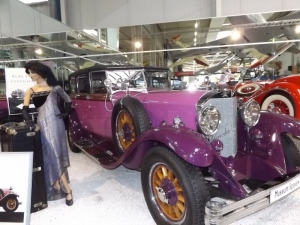
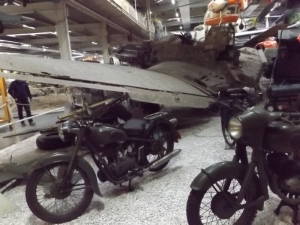
Our destination was Sinsheim and again finding somewhere to stay proved a little difficult and we had to settle again for a pricey but very ordinary hotel in the nearby village of Rohrbach. Had a walk around the village – that was a bit different – it’s origins must have been a farming area as there were many older houses with barns (some still in use and some converted) but these were interspersed with newer houses in their narrow streets. A choice of two restaurants were on hand in this little village and we chose Zorba the Greek – good choice with a nice meal finished off very nicely with a complimentary shot of Ouzo.
23 October – Sinsheim Auto-Technic was the order of the day and we managed to spend the whole day exploring this amazing museum. A sister museum to Speyer from yesterday, but much larger. Cars from all over Europe with many marques which we had not even heard of, motorbikes, trucks, steam engines and planes. We were even able to go inside an Air France Concorde and its Russian counterpart the Tupelov Tu144. Not a lot of room inside either of them – 2 x 2 seating and a very narrow aisle in between. To the fairly uninitiated, it did seem like somebody had almost copied somebody else in the design! Weary bods return back to the same hotel for another night’s stay. Zorba the Greek and the hotel’s restaurant were both fully booked this night, so we opted for the village kebab takeaway which suited just fine.

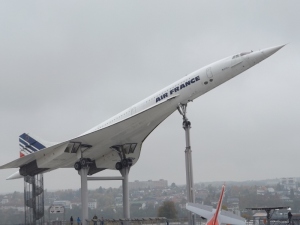

24 October – Neckarsulm was our first stop of the day so that Bob could visit the nicely presented NSU museum while I had a walk around the town. Nice town square with a car free zone made for pleasant walking. A few market stalls with fresh veges and cheese were attracting good business. Bob says that as well as a very comprehensive collection of NSU products, their museum also held the largest display of pre-war English Brough-Superior motorcycles he had ever seen.
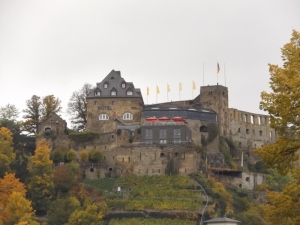
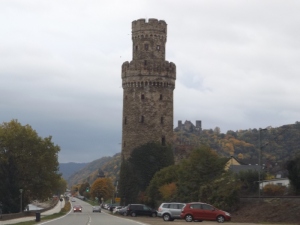
Yet another lovely bakery provided our sustenance for the next few hours. Oh my – the range of goodies in these bakeries is not good for us – Germans really love their sweet pastries! Our afternoon entertainment was finding a way on the back roads to our next destination, Wolframs-Eschenbach. I got wise this time and booked a place online for us to stay, as it is too difficult to just rock up and find somewhere to stay. It seems that a lot of the smaller guesthouses have already closed for the season.

A very pretty drive, through rolling farmland, interesting little villages and the one compensation for the cooler weather is the autumn leaves (just as nice as New England). We seem to keep coming across closed roads and having to take detours which can be challenging for Yvette, but we made it to Wolframs. What a surprise this town was – a medieval walled town with some original houses from the 15th C, a huge church from 1600’s with a very special painted spire. Much of the town wall from the 1600’s was still standing. Inside the walls were cobbled streets and a small inner square – very quaint! Our hotel was much nicer than the previous night for a much more reasonable price and we even managed to get the Rugby World Cup radio commentary via the Internet to listen to the gripping game NZ against the Springboks. Dinner was good value in the hotel’s restaurant with their local region’s speciality of bratwurst particularly tasty.
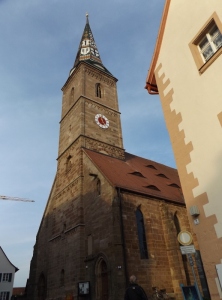


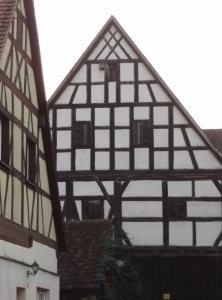
25 October – Daylight saving has ended – that means that winter is not far away. Luckily we have had warmer temps in these last few days and even managed to see the sun yesterday. We went cross country again on our way to Regensburg, stopping off in Roth to sample yet another bakery and another small town with a local market. More lovely rolling hills and these little pockets of villages. Found our destination just north of Regensburg to meet up with Thomas and Gabi – it has been 9 years since we saw them last, so nice to be able to get together again.
26-27 October – Got to see a few of the sights around Regensburg with Tom and Gabi including a private auto museum with an interesting collection of mainly 1950-60’s cars and ‘bikes including a whole lot of tiny cars like the BMW Isetta, Messerschmidt, NSU Prinz and Wartburg. We took the long way home, winding our way through picturesque villages. Next day first stop a trip out to the stables where Tom and Gabi have a couple of American quarter-horses: they were duly fed and admired before the humans headed on to Walhalla, an impressive columned building high up above the River Donau – looks very much like a Greek temple. Inside the building were busts of prominent scholars, musicians, artists, scientists and politicians. Marble was the order of the day for this building – a dark pink marble lined the interior of the building and it seemed that marble was also used for the columns and outer facing. Had it been a clearer day we would have been able to see all the way to the Alps. We headed back into Regensburg in the evening for a very enjoyable Indian meal.
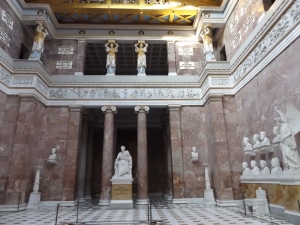



28 October – Off we go again, after yet another lovely break with friends. A leisurely drive took us through more of Bavaria with it’s green fields and autumn leaves then as we neared Austria the Alps came into view and our landscape changed into more rolling countryside. Our stay for the night was at Peiting, a neat little town to the south of Schongau. Wiser now, we had booked a place to stay before arriving and a good choice, a nice Inn, very Bavarain with it’s wooden verandahs outside the rooms and pretty geranium filled window boxes. Had a walk around the historic part of the town with it’s cobbled streets and of course the “church”. Every town and village has one of these in varying degrees of grandness but always huge by our standards. Dinner was in the Inn’s restaurant, serving Bavarian specialties.
29 October – Miserable grey day for our trip through to Italy. Initially we were driving through the flat farm land but before long we came to the Alpine foothills. A detour into Oberammagau was a must as in my previous life I had booked holidays for many people to this historic place. The grey weather probably didn’t help but it was very touristy and full of shops selling religious artifacts – not very appealing really. As we headed up through the Alps, the houses got more traditionally Bavarian, with more small farms dotted with little wooden barns. The backdrop of the rugged mountains would have been spectacular had we been able to see them through the increasing mist.
With such poor visibility we decided it would be wiser to give the Brenner Pass high road a miss and opt instead for the toll road through the tunnel. Eventually came out the other side to clearing skies with better views of the mountains. The quick journey via Innsbruck and more of Austria soon had us in Italia – not a noticeable difference while we were still in the mountains, except the autostrade was quite narrow in comparison to the German autobahn. Wound our way down for a long time and couldn’t believe the number of trucks on the roads.
With the skies finally turning blue we came through a very steep gorge and then out of the mountains and into the plains once again. Now we can see a difference – Italian towns appear not nearly as prosperous as their German counterparts and quite grubby in comparison. We left the Autostrade at Bolzano to take country roads towards Trento – much nicer to be out of the constant stream of trucks, but also much slower as every few km’s a new town is encountered with speed limit drops from 90 to 50.
Yvette got her revenge on me yet again in Trento – our accommodation was a vineyard up on the hills above the city and she delighted in taking us through a maze of tiny cobbled streets, including one which was barely wide enough for us, and certainly not for two – so of course Murphy’s law intervened and a car came the other way, now necessitating a reversal on my part back down until an alcove provided a passing space. The accommodation for our night’s stay was very interesting – a 17th C villa looking out over the vine covered hills. Very rustic, but comfortable enough and a lovely in-house restaurant on the lower floor provided us with a nicely cooked dinner, while ‘mine host’ assured us that our All Blacks would beat the Australians in the Rugby World Cup final.
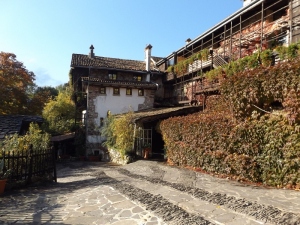


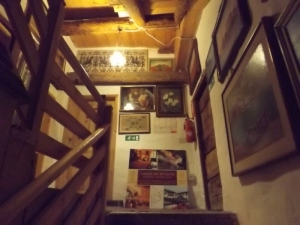
30 October – After consulting Google maps I was able to outsmart Yvette and found us a very easy way out of town. Bob had noticed an aviation museum on the way in yesterday so we made for that with a little detour up a mountain road (unintentional). Only a few exhibits but they were nice examples of very early planes with special emphasis on the work of Italian aviation pioneer Gianni Caproni. There was also a very good documented exhibit of Marshal Italo Balbo and his exploits leading his 1933 25 plane flying armada across the Atlantic to Montreal, Chicago, New York and back again to Italy.

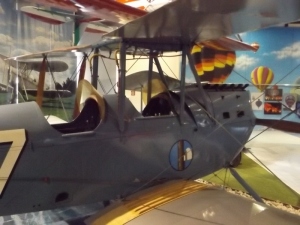
We managed to fill the morning with that interesting little visit so it was then time to head for our next rendezvous at Modena. This leg of the journey was again via the country roads and took us the rest of the afternoon. Slow traffic, narrow roads and lots of little towns made it quite tedious. Verona caused us a few problems as we lost our way a bit trying to get through the jungle of intersections. Signage was very confusing but we finally found the correct road and continued on the way to our final destination. Daylight saving, which had come to an end last weekend, also hasn’t helped with the sun setting much earlier now so it was nearly dark when we found our B&B.
Very strange set-up and not quite what was expected from the reviews. Our room was located off the owner’s kitchen, no windows to the outside or ventilation, but clean enough. A small cafe next door was to be our dinner venue, only to find that they were having a special early Halloween night and wanted to charge 20Euro each for what was going to be a buffet of all fish dishes. Didn’t want to drive in the dark back into Modena, but it was fortunate I had picked up some fruit and snacks before we left Germany, so that was our repast for the night as we listened to the radio commentary of the Rugby World Cup game between South Africa and Argentina, thanks to the marvels of the internet.
31 October – Our breakfast was arranged to be in the cafe next door but that turned into a bit of a shambles – my order of hot chocolate took several goes before it resembled anything like a drinkable version and Bob’s coffee was equally a battle. We were told to choose something from their cabinet to eat – some choice! Either a filled roll or a croissant. Not a good start to our day, but at least we still had some fruit left to top up the tanks before we set off on our day’s sight seeing.
Imola – about 80km down the road – the world famous race track and small museum took care of the morning. A special display of the history and past winning machines of the ‘Imola 200’ motorcycle race series (sometimes called the European Daytona Series) was Bob’s reason for visiting this shrine. We were also able to watch what seemed to be a public track day for a while – the stands overlooking the final straight had no view of any other part of the track, but you could hear the cars’ screaming engines somewhere in the distance.

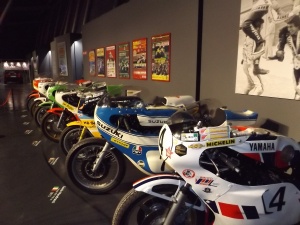
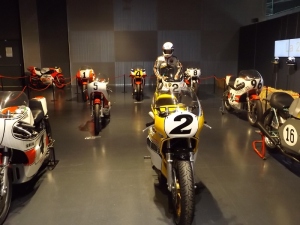
Opted to take the quick way via autostrade to and from Imola as the city of Bologna stood between Modena and Imola. Back in Modena again, we managed to find a place to park near the centre of the old town. Very Italian – you don’t pay between 1.00pm and 2.30pm (lunch time) – the pay machine takes this into account. Managed to find our way into the historic piazza centred around a large church, with a local market happening around the square. Was looking for the indoor Abinelli market which I had read was in the same area – it took a bit of finding but find it we did. Quite a small market, but an interesting array of fresh produce.
Decided to have a substantial lunch as we didn’t want to rely on the cafe next door being able to supply us with dinner at Halloween. Fresh tortellini filled with ricotta and sage in a butter sage sauce – very tasty. Had to make a quick trot back to our parked car so as not to overstay the pre-paid time. Wardens were ticketing nearby cars as we arrived and our time was up! Back to B&B Mollina to settle in to listen to the RWC final. Halfway through the game we actually found that one of the Italian TV stations was going to play the delayed version of the game later, so we got to watch it as well. It was certainly a bit nail-biting in the last 20 minutes but great that the AB’s were able to do it yet again.
01 November – Aware of our less than satisfactory experience the day before, breakfast was served in-house this morning and the poor girl did try, but I think we have to say that Italian breakfasts are not on a par with the Germans. My hot chocolate was still a challenge – so thick you could stand a spoon up but at least this time there was water and milk to thin it down. We were glad to depart this B&B and have come to the conclusion that Italy does not yet fully understand the requirements for setting up this sort of facility.
Headed for Maranello, home of the Ferrari museum and just 20km away. Well there were some stunning cars on display in this facility – if you have enough money you can even design and have built your own one-off car – perhaps next week!! Our next target destination was Livorno, on the west coast of Italy and just a short distance from Pisa.

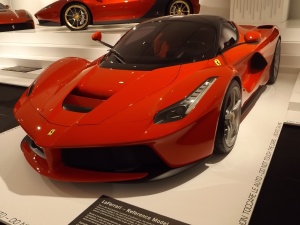
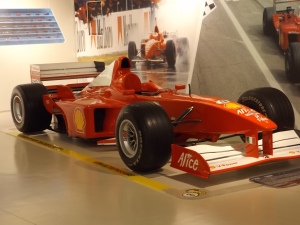
Our drive to get there – memorable! Bob got his chance to do his Ferrari stint as we had 90kms of squiggly mountain roads, complete with lots of switchbacks, tiny villages and only a few impatient Italian drivers. We climbed up to a ski village at Abetone before crossing into the province of Tuscany. Houses precariously perched on mountain sides were the feature of the drive – at 1300m the trees had lost all their leaves and winter was probably not too far away. The signs were telling us that from 15 November, carrying chains was compulsory.
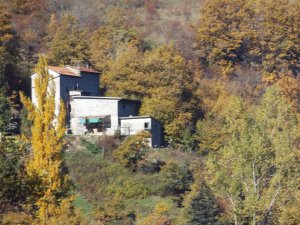

Our B&B was in yet another challenging area – about 7 kms above the town of Livorno – gorgeous views from our room and a much nicer set-up than our last one. Parking is a real issue in these areas – we had to park on a very narrow verge away a bit from our accommodation – the street is only wide enough for one vehicle so one has to take things very carefully going around the blind bends. Had a nice bit of exercise up and down the road to the local pizzeria – our first real Italian pizza. We have found prices in Italy fairly comparable to Germany – a modest evening meal is averaging around 30Euro for two, with drinks and sometimes dessert, and our accommodation between 65 and 80 Euro a night. With a diesel vehicle we at least are not using much fuel (although we have already clocked up 2500kms) and at around 1.30E a litre our tank fills are reasonable.
02 November – Exploration of Livorno today. First task was to work out how to reach the car ferry to Corsica and a good job we did that, as it was very confusing. Parked not too far from the city centre and walked around the various points of interest. The Little Venice Quarter was named with a fair bit of poetic licence – yes it had some canals with little bridges but that was as far as it went – it certainly didn’t have the charm of Venice. Next stop their main street, the Via Grande – that was grand – both sides of the street were lined with covered walkways paved with marble. We followed that up to the local market – got there just as everyone was packing up, so missed the best of it. Then on to the ‘new’ fort on a tiny island in the middle of the city – mainly just the walls surviving. It seems that a lot of Livorno including the old fort by the waterfront was bombed during WWII, with many of the other old buildings damaged.


With the city done, we drove south on the coastal road for a while, hoping to have a late lunch – that was a forlorn hope – any restaurant that we came to didn’t open until the evening, so it was back to Plan B – go back home and wait until later, then venture out to find dinner. Did this and had a nice meal in a waterfront restaurant.
03 November – Up early to make the trip down into the Port of Livorno to catch the ferry. We had to be there at 7am although that was a bit optimistic – I have never seen such a dis-organised bunch of people trying to load the cars and trucks on to the ferry. In quite typical Italian style there was much shouting and waving of arms, confusion and people jumping the queue, but surprisingly the boat did sail out of port on time. With a 4 3/4 hour sailing time to Corsica the time passed quickly with very calm seas. Getting off the boat the other side was much more straightforward. Bienvenue a Bastia – a bustling port town. Easily found the road out of town towards St Florent (only 28kms) but very slow going as it climbed up and snaked around the mountain. Got caught in quite heavy fog at the top, which made it unpleasant going for a while not knowing how road-safety conscious local drivers were. Down the other side we came into St Florent and followed the directions to our accommodation. We had booked a small apartment for 3 nights – a nice change from small rooms, with the ability to cook our own meals for a change and have a decent breakfast courtesy of Leclerc’s supermarket.
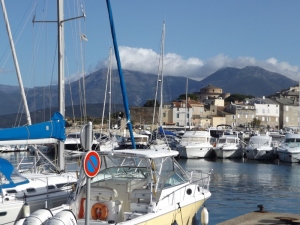
04 November – First into St Florent – a small town with a pretty harbour. Some quite expensive looking boats moored up for the winter. Many of the hotels and restaurants are closed for the season, with just the local’s shops and businesses open. St Florent has an old Genoese Citadel overlooking the town, but it is a little worse for wear – we couldn’t get inside – just had to be content to walk around the tower.
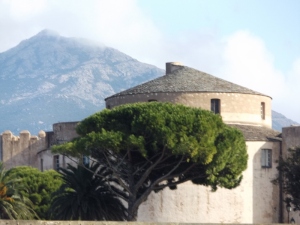
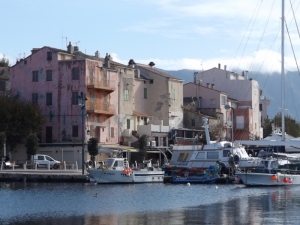

Decided that a trip up towards Cap Corse was in order – I guess we spent an hour or so winding along the coast road which had very few chances to actually get down to the water due to the rocky nature of the coastline with the road quite high up. At Nonza we did find a little road taking us down to the “beach” – no sand here, just very large black pebbles but brilliantly clear water. I dipped my toes into the “Med” but it was a tad cold.
The remains of a small Martello tower jutted out from the small promontory. These towers were built by the Genoese in the 15thC and were so well built that Nelson copied their design in the late 18th C for the towers that still dot the English south coast. Decided that we weren’t really going to see anything too different by carrying on so set sail back for home base and a touch of home cooking.
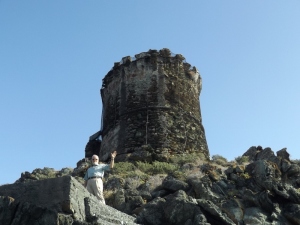
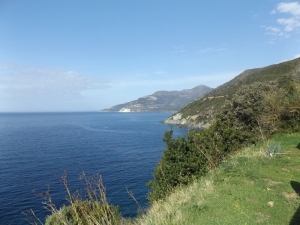

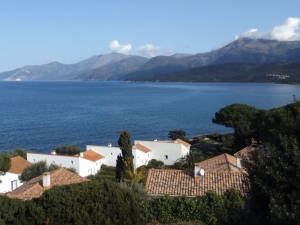
05 November – A trip to Calvi – further down on the West Coast was the task for today. Only about 70kms but half of that on another small squiggly road which forces you to take it easy. Lovely views as we climbed up into the rocky hills and down the other side to the coast with a clear blue sea. First stop Ile Rousse – a bit larger than St Florent with a nice old town and port area. Stopped for the obligatory coffee and cakes before a walk around the shopping area and out to the port. Remains of an old fort perched on reddish rock was the distinguishing feature here.
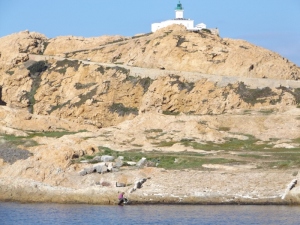
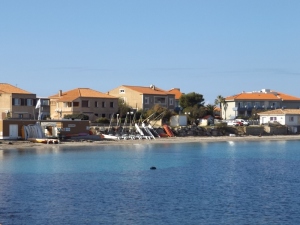
Back on the road to Calvi – even busier, with a lively waterfront area and an impressive walled old city on a point overlooking the harbour. Lunch was al fresco down on the beach – very deserted at this time of the year – nice white sand and again sparkling clear waters – it would be so nice to have a swim in these waters – might have to come back during the summer as the water is way too cold right now. Returned back on the same roads to home base for a relaxing evening. Enjoying much warmer climes now with temperatures in the low 20’s

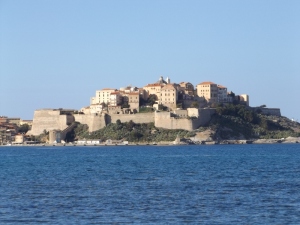

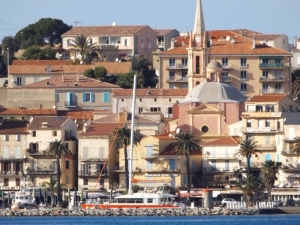

 This cart is one of the artifacts buried in the boat, composed of parts made of different types of wood. It can be dismantled for transport, for example by ship. The frame of the cart is of oak and the cart has two shafts made of ash joined by a short iron chain. The cart has probably been pulled by two horses, one on each side of the shafts.
This cart is one of the artifacts buried in the boat, composed of parts made of different types of wood. It can be dismantled for transport, for example by ship. The frame of the cart is of oak and the cart has two shafts made of ash joined by a short iron chain. The cart has probably been pulled by two horses, one on each side of the shafts.






